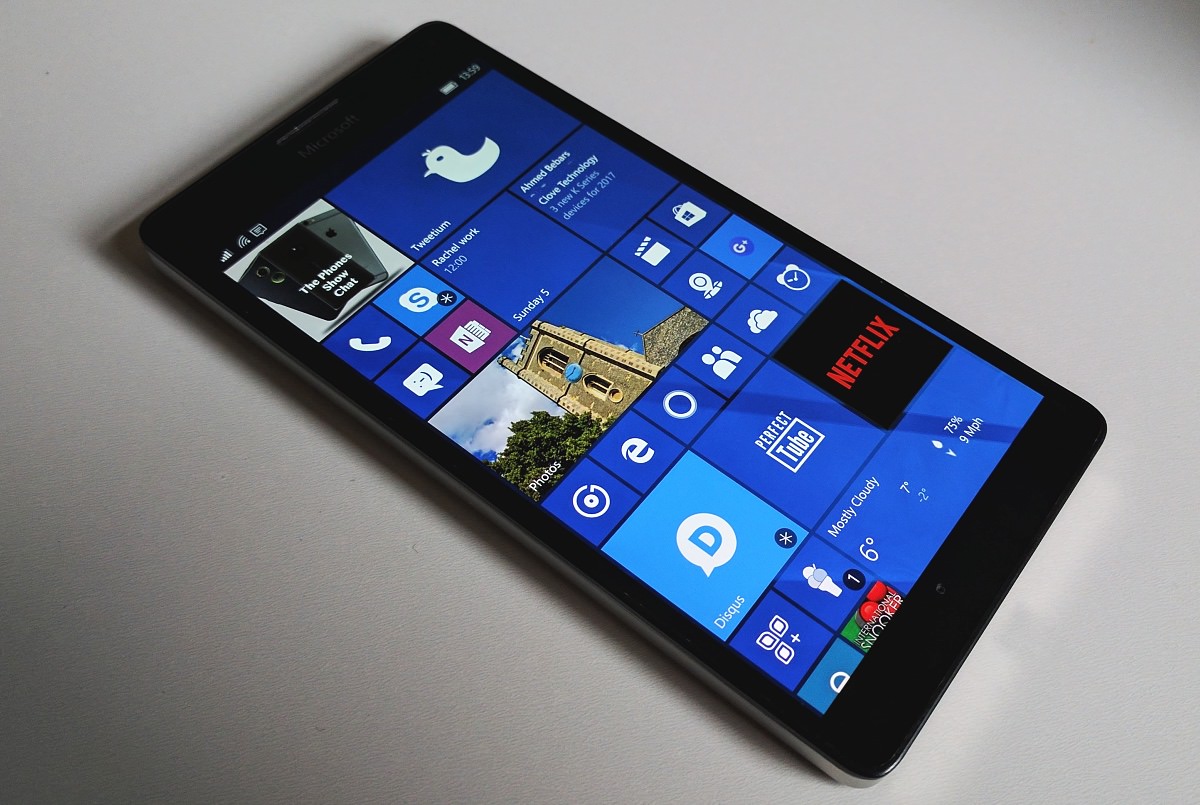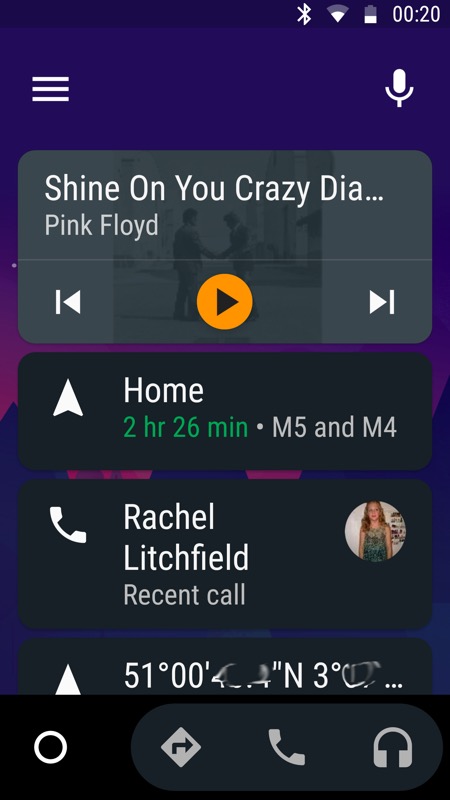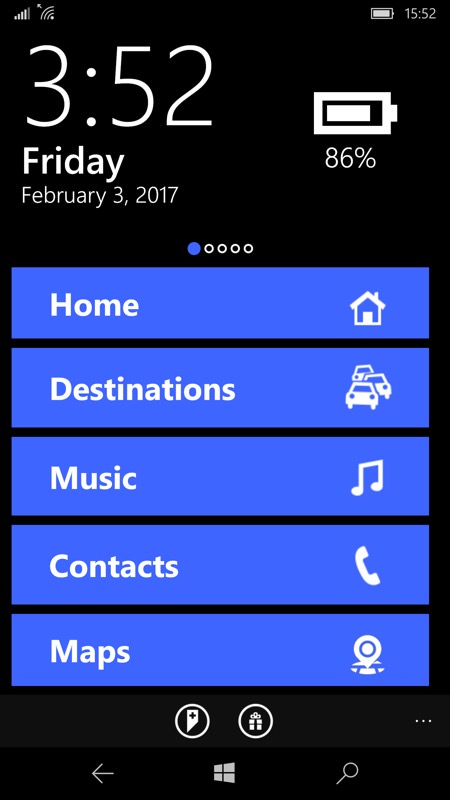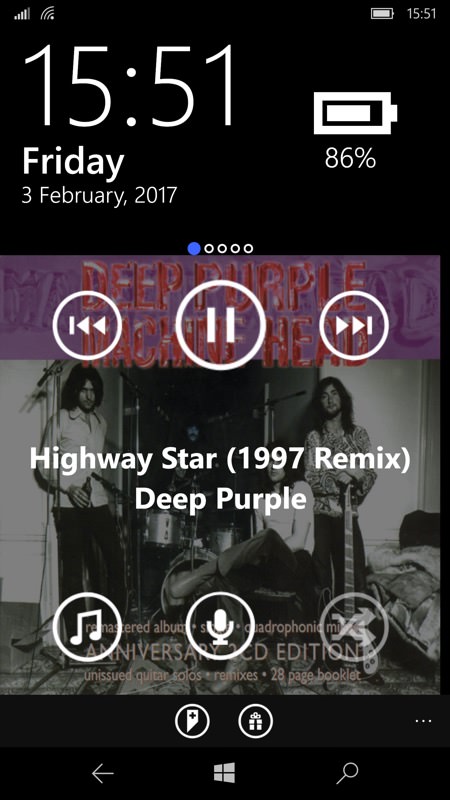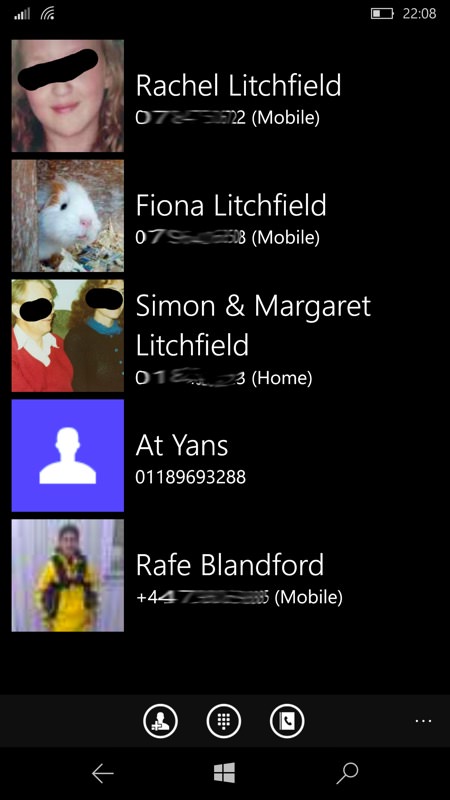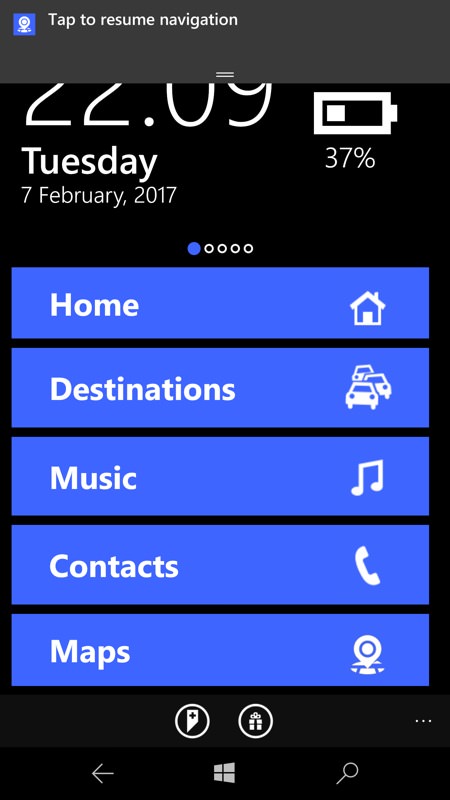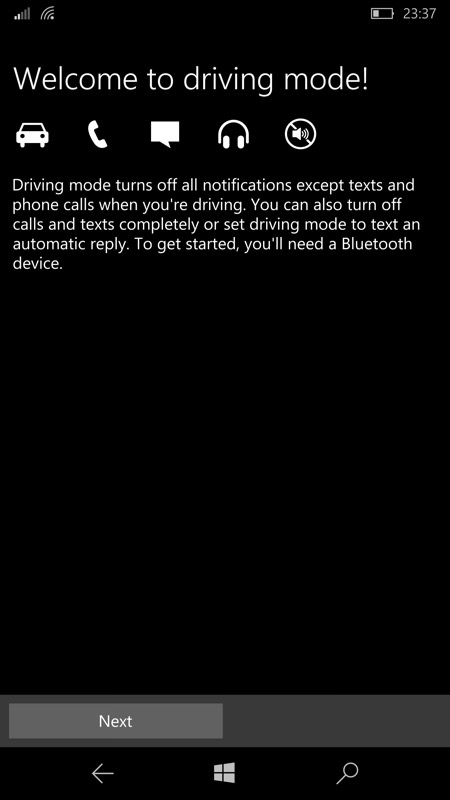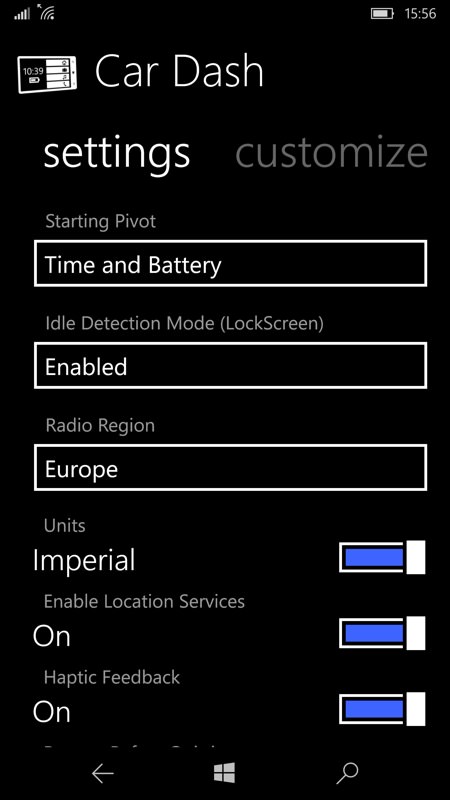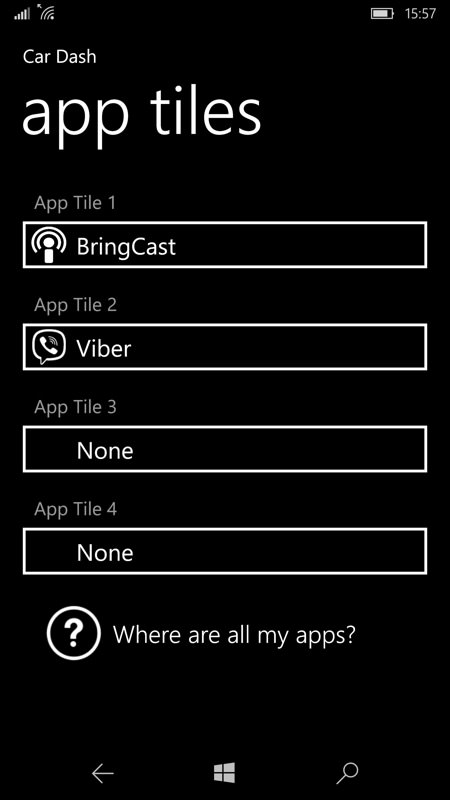Without doubt, THE most popular category of application for Windows Phone 8.1 was 'podcatchers', i.e. applications to auto-grab and play your favourite podcasts. I did so many features and updates for these for 8.1 that I've lost track. Making this a great point to reset everything and only consider dedicated UWP applications, i.e. those expressly built for Windows 10 (Mobile/Continuum/desktop). There's still quite a choice, however, as we shall see!
![podcatchers Podcatching]()
Podcatching, as you'll probably know, is the act of grabbing podcasts directly, over the air, on your smartphone. Automatically, seamlessly and without needing a desktop or any direct manual intervention. And then sorting them, playing them back in sensible fashion, working around interruptions, and cleaning up afterwards. It's a tall order for an application, and here we have some likely contenders here for Windows 10 Mobile, all of which I've put through their paces.
I don't need to evangelise the need for a good podcatcher to you, gentle reader. The very fact that you're reading on means that you're a podcast fan and that you too want a decent system for grabbing them on Windows 10. My testing was on a mix of Windows 10 Anniversary Update and Redstone 2 Fast ring Insiders, just to try and cover all bases.
Now, obviously, I can't go into gory detail for each of the applications, every last setting and feature can't be explored. But I can set out some ground rules and see how well each of the applications do:
- Import of an existing set of podcasts (e.g. from an OPML or XML file, or from an online service such as gpodder.net or from a previous OneDrive backup) - having to add podcasts manually by searching or typing in URLs is a right pain when you've got 20 or 30!
- Export or back up your podcast selections and/or playback positions to the Cloud (including OneDrive)
- Include search functions for new podcasts that you've been told about, or for simply browsing for likely candidates. The test search strings here are for the AAWP podcast (of course), plus my own Phones Show Chat, a totally separate entity with different RSS/directory history, and my fairly new Projector Room.
- Auto-check for new programmes in each feed and auto-download them in the background.
- Play podcasts, of course, remembering where you'd got to in each.
- List new programmes, across all your feeds, in chronological order, or at least isolating new content that you haven't heard yet.
- Include clean-up options to remove listened-to podcasts and reclaim space on the phone, preferably as quickly and automatically as possible.
- Able to run in dark or light themes, according to AMOLED-screened power efficiency and taste/preference - note that this doesn't have to be an explicit setting in the application, so long as the app picks up the chosen Windows 'theme'.
- Ability to skip past adverts with 'nudge' controls, both in the main UI and in the OS's pop-up audio handler (as opposed to moving between podcasts as if they were music tracks)
- Support Continuum displays (on compatible devices), plus Windows 10 Desktop as well as Mobile. This is all usually a given for a UWP app, but worth checking.
____________________________
Grover Pro (v1.4.1.0)
(last covered here)
Import
& sync |
Export/
Backup |
Directory
search |
Auto
check |
Auto
download |
Playback
position |
What's
new |
Clean-up* |
Dark
theme |
Skip |
Continuum/
Desktop |
| Yes |
Yes |
Yes |
Yes |
Yes |
Yes |
Yes |
Yes |
Yes |
Yes |
Yes |
* Although there's an automated system for removing played episodes and a setting for the number of episodes of each podcast to keep, plus ways of manually deleting old files, there's no over-arching 'clean up and reclaim space' system, curiously.
Deliberately styled after Groove Music (hence the adaptation of the name), Grover Pro is perhaps the podcatcher that's been the most reliable in my testing, consistently pulling down podcasts in the background so that they're all ready for listening. With regular updates and fixes, it's hard to see what else could be improved.
Unusually, there are three ways into new podcasts - 'Playlist' (with new shows being auto-added if you set it up this way), 'Unplayed' and 'Downloaded', lists which are often almost identical, obviously, though if you're used to listening to podcasts in bits and bobs then I guess the distinction might become important. Still, you'll find a way to make this work for you, even if the barrage of views is a little confusing at first.
There's a podcast 'Store' which you can browse and add from, as needed, and the whole thing works beautifully in landscape mode and on a Continuum display (or Windows 10 laptop or tablet).
Overall rating: 88%
Gallery of screenshots - Grover Pro:
![Screenshot, podcatchers Screenshot, podcatchers]()
![Screenshot, podcatchers Screenshot, podcatchers]()
One of the various 'what's new' views and (right) the 'Now Playing' pane, with the variable speed control slider popped up...
![Screenshot, podcatchers Screenshot, podcatchers]()
Here in landscape mode, showing the built in podcast 'Store' and a well thought out interface whatever the orientation or resolution.
____________________________
BringCast (v4.0.18.0)
(last covered here)
Import
& sync |
Export/
Backup |
Directory
search |
Auto
check |
Auto
download |
Playback
position |
What's
new |
Clean-up |
Dark
theme |
Skip |
Continuum/
Desktop |
| Yes |
Yes |
Yes |
Yes |
Yes |
Yes |
Yes |
Yes |
Yes |
Yes |
Yes |
Although nothing to do with me personally, I'm declaring a slight interest in BringCast here because I've submitted a fair amount of feedback over the last few years - in particular at least one of the themes and the 'All episodes by date' filter, presenting shows in reverse chronological order - exactly as I like them. In addition, there's a 'Playlist' system, if you prefer, perhaps for grouping new shows from a few favourite podcasts.
Each podcast subscription can be tweaked and set-up individually if required, customising for auto-download and the number of shows to keep stored, plus there's an overall 'Delete' function in Settings that shows the amount of MB currently used by all podcasts and offers the chance to reclaim space quickly with one tap - very useful.
This podcatcher round-up does come in the midst of a time of change for BringCast and I'm dodging between versions here somewhat, plus there are a few cosmetic glitches here and there (in landscape mode and on a Continuum display the interface definitely needs some tweaking) - yet I'd still recommend it in the top bracket. The interface is deliberately 'big' in places, even 'garish', but consider this part of the application's charm - or head for Grover Pro if it puts you off!
Of note is that BringCast is moving to a subscription model, where 'pro' features require a semi-regular in-app-purchase - this also won't be to everyone's taste, though I've done quite a few IAPs in BringCast over the years and in fact I'm happy to have paid for all the applications on this feature - it's how developers get paid and earn a living.
Overall rating: 85%
Gallery of screenshots - BringCast:
![Screenshot, podcatchers Screenshot, podcatchers]()
![Screenshot, podcatchers Screenshot, podcatchers]()
Playback in progress in BringCast, with a nice and large finger-friendly playback position control, and similarly large skip controls; (right) the hamburger/navigation menu - and all nicely themed.
![Screenshot, podcatchers Screenshot, podcatchers]()
![Screenshot, podcatchers Screenshot, podcatchers]()
Delving into Settings, it's apparent that there's an awful lot that's customisable in BringCast, though the defaults are also sensible, especially for those who only want big downloads on Wi-fi...
____________________________
Onecast (v1.4.45)
(last covered here)
Import
& sync |
Export/
Backup |
Directory
search |
Auto
check |
Auto
download |
Playback
position |
What's
new |
Clean-up |
Dark
theme |
Skip |
Continuum/
Desktop |
| Yes |
Yes |
Yes |
Yes |
No* |
Yes |
Yes |
Yes** |
Yes |
Yes |
Yes |
* In the current version, auto-download is disabled, the developer is clearly fiddling with making it reliable - watch this space for updates.
** Podcasts are deleted according to internal rules in the app (e.g. playing beyond 90%), there's no overall 'Clear out' function, though see one of the screenshots below.
You've got to smile at the vision and interface here - it's either charming or annoying, elegant or frustrating, depending on what you like and what you expect to happen. The idea is that there's no need for a hamburger menu, no need for a toolbar and so on. The only trouble is that there are functions here which need putting somewhere. So you end up with import and export functions in the Search bar, mode selection (including Airplane mode) as a toggle by tapping on the application's name, long pressing on things to see if you can find associated context-sensitive functions, etc. It's not always intuitive, but you do get used to it and you have to applaud the effort and the concept.
As much as possible is handled by the application, including podcast clean-up and how and when to download rather than stream. Onecast does work on the whole, but it's also clearly a work in progress.
When plugged into a Continuum display or when used on a Windows 10 laptop, Onecast works but the podcast artwork isn't properly sized, yet another sign that further updates are needed.
Overall rating: 80%
Gallery of screenshots - Onecast:
![Screenshot, podcatchers Screenshot, podcatchers]()
![Screenshot, podcatchers Screenshot, podcatchers]()
This is the most interesting mode, in terms of automation, but there are two others to experiment with. Note the download going on at the bottom of the UI - downloads start when you start playing by default - it's neat enough and you can listen while it all happens; (right) 'All episodes' is a handy view and you can accomplish extra clean-up options from here.
![Screenshot, podcatchers Screenshot, podcatchers]()
![Screenshot, podcatchers Screenshot, podcatchers]()
Some of the long press options in the UI; (right) the playback pane, complete with sharing and speed options. It all works well enough and displays well - on mobile, at least!
____________________________
Podcasts (Beta) (v7.0.6)
(last covered here)
Import
& sync |
Export/
Backup |
Directory
search |
Auto
check |
Auto
download |
Playback
position |
What's
new |
Clean-up |
Dark
theme |
Skip |
Continuum/
Desktop |
| Yes |
Yes |
Yes |
No |
Yes |
Yes |
Yes |
Yes* |
Yes |
Yes |
Yes |
* There's no 'clear all' function, but you can opt to have all but 'n' downloads kept for each podcast, plus you can set them to be auto-deleted after 'n' days too.
The name suggests that this is attempting to be a direct successor to Microsoft's own Podcasts for Windows Phone 8.1, but the UI is totally different, being based around a Windows 10 hamburger navigation menu and a pastel/white control bar at the top of the screen. It's a little odd on Mobile, though all becomes clear when you plug Podcasts (Beta) into a Continuum display or run it on a Windows 10 tablet or laptop - the UI looks a million dollars with the larger landscape screen.
The basics are here, with podcast feeds being checked and parsed when the application is started, though this does take a while and there's no background downloading that I can find, so this is the least automated of the applications on test. New shows are added to the playlist and you proceed from there. Unlike the other apps here, the full-screen 'Now Playing' view doesn't include album art but does include the HTML show notes from the source URL, which is a nice touch.
Podcasts seemed somewhat sluggish in my tests, plus I experienced quite a few small audio glitches, especially when podcasts were downloading behind the UI - I suspect that there's still optimisation needed in the code for phone use. I was testing this (and Onecast) on the Lumia 950 on the Redstone 2 Slow ring, though I don't think this would have affected playback functions.
On the plus side, there are extras such as a sleep timer, which works well, plus this UWP application is totally free, with just a 'tip the developer' link found in 'Options' - yes, 'options' and not 'settings' - 'Podcasts' does everything its own way. It's worth a try, you may love it or hate it on Windows 10 Mobile, but either way it won't cost you a penny to find out!
Overall rating: 74%
Gallery of screenshots - Podcasts (Beta):
![Screenshot, podcatchers Screenshot, podcatchers]()
![Screenshot, podcatchers Screenshot, podcatchers]()
Categories are a nice touch in the podcast library - you don't have to use them but they're there if needed; (right) downloaded episodes are clearly marked. And note the blue bar and arrow at the bottom, indicating that the player pane can be popped up...
![Screenshot, podcatchers Screenshot, podcatchers]()
![Screenshot, podcatchers Screenshot, podcatchers]()
Playback in progress and popped up, with speed options and more on the '...' overflow menu. There's now album art here but you do get show notes, often useful; (right) the integral sleep timer, shutting off playback after a set number of minutes.
![Screenshot, podcatchers Screenshot, podcatchers]()
![Screenshot, podcatchers Screenshot, podcatchers]()
Delving into the 'Options', many of which will be familiar from other applications - all the defaults are sensible, with the only real omission being background operation.
____________________________
Podcast+ Pro (v6.0.6.0)
(last covered here)
Import
& sync |
Export/
Backup |
Directory
search |
Auto
check |
Auto
download |
Playback
position |
What's
new |
Clean-up |
Dark
theme |
Skip |
Continuum/
Desktop |
| Yes |
Yes |
Yes |
No |
Yes |
Yes |
Yes |
Yes* |
Yes |
Yes |
Yes |
* From the 'Downloaded' view and also via auto-delete on a per-podcast basis
The UI here is based around a three tab/pivot concept - feeds (which you can sort in various ways, though not according to date of last episode, annoyingly), 'now playing' (as it sounds, though notable because it has super-large control buttons, for in-car use), and 'playlists' (these auto-populate according to various sensible rules, though you can fiddle more if you like).
And it all works on the whole. Podcast+ Pro isn't the prettiest podcatcher here, but it's bold and functional and hey, that works pretty well on AMOLED screens, as on the test 950 here.
There's no background agent for auto-checking and grabbing new podcast episodes, but there is background support for carrying on downloading podcasts once the initial startup check has identified what to download. So there's a wait while audio becomes available sometimes, but it never gets in the way of you switching away to another app on the phone.
There are extensive settings and filters, with a sleep timer, auto-play of the next episode in the playlist, and so on. The settings are different from the main menu and from within a podcast listing - this makes sense, logically, if you think about it, the latter are more specific and context sensitive.
On a Continuum display or on a laptop, Podcast+ Pro does a good job too. It's a solid podcatcher and a worth alternative to the big guns (Grover Pro and BringCast).
Overall rating: 77%
Gallery of screenshots - Podcast+ Pro:
![Screenshot, podcatchers Screenshot, podcatchers]()
![Screenshot, podcatchers Screenshot, podcatchers]()
Big bold fonts, but all super clear, and I liked the download summary pane at the top; (right) browsing episodes within a podcast listing.
![Screenshot, podcatchers Screenshot, podcatchers]()
![Screenshot, podcatchers Screenshot, podcatchers]()
Huge controls, perhaps designed for in car use; (right) the sleep timer is hidden in the '...' pop-up menu...
![Screenshot, podcatchers Screenshot, podcatchers]()
![Screenshot, podcatchers Screenshot, podcatchers]()
The 'dynamic' playlists work really well and are the first port of call when you have a lot of podcasts subscribed; (right) the auto-downloading works well once the app has been opened and the feeds update - here are some of the salient settings...
______________________
Verdict
Five UWP applications then, all aimed at keeping you up to date with your podcast listening on Windows 10 Mobile and on tablets and laptops. Grover Pro is the standout so far - it's understated and lacking in 'wow', but it's super reliable and perfectly styled after the built-in Microsoft Windows 10 Mobile applications - it just fits in.
BringCast should be in second place - the UI is more flashy but the functionality's there under the hood - or at least it should be once all the bugs have been ironed out. In the meantime, check out the remaining three UWP podcatchers, they all have unique UIs and you'll love or hate them in turn.
Comments welcome as to your own favourite (so far)! I'll update this feature from time to time, as new UWP podcatchers appear.
PS. Yes, most of the Windows Phone 8.1 podcatchers still work fine, even under Redstone 2, but they're on borrowed time in terms of APIs, support, styling and even compatibility (no doubt), so best switch to a UWP now.
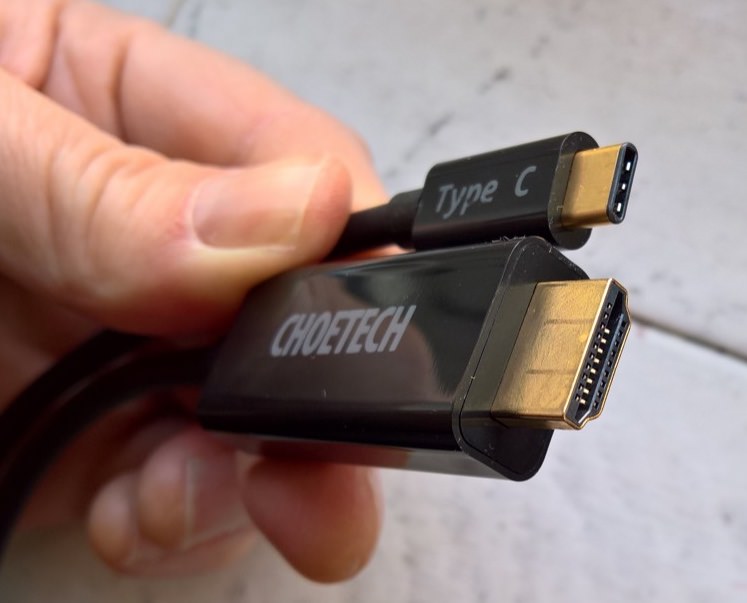


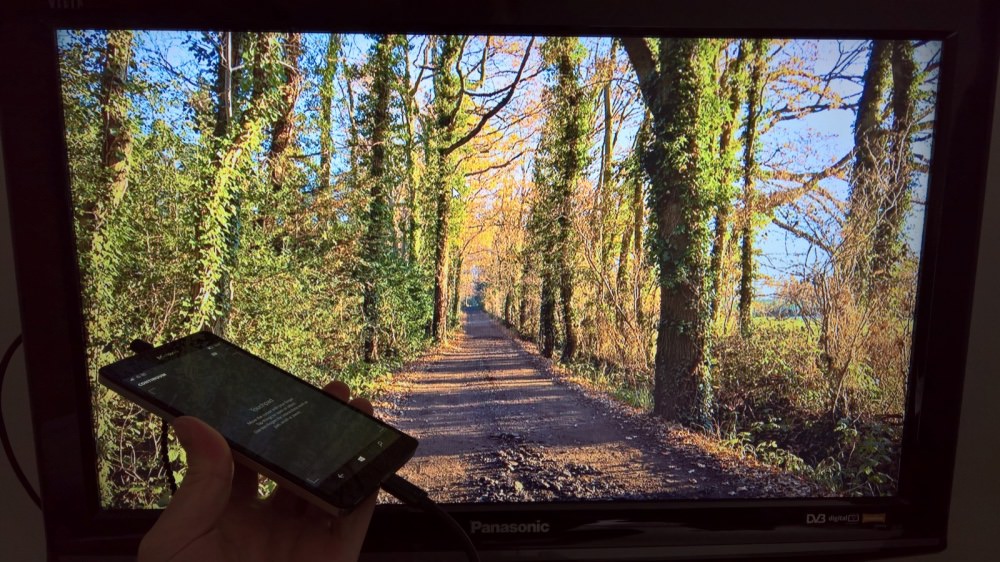

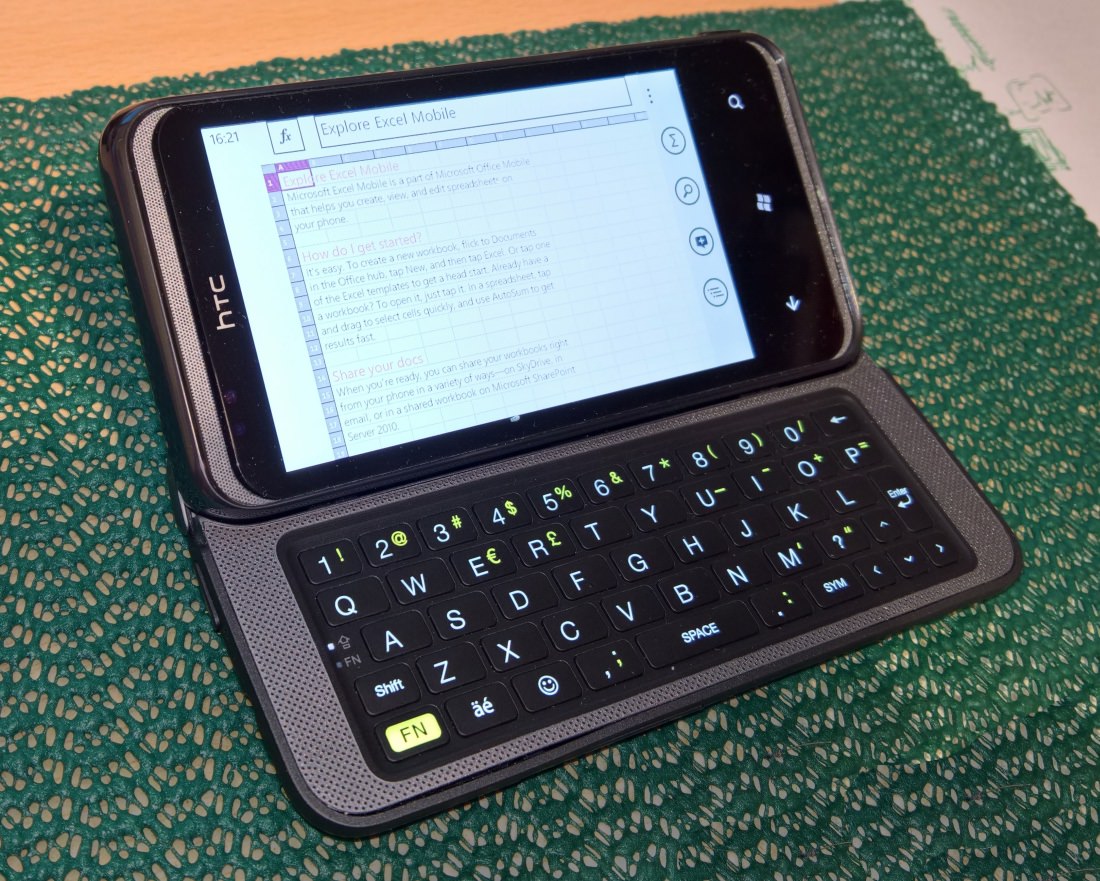
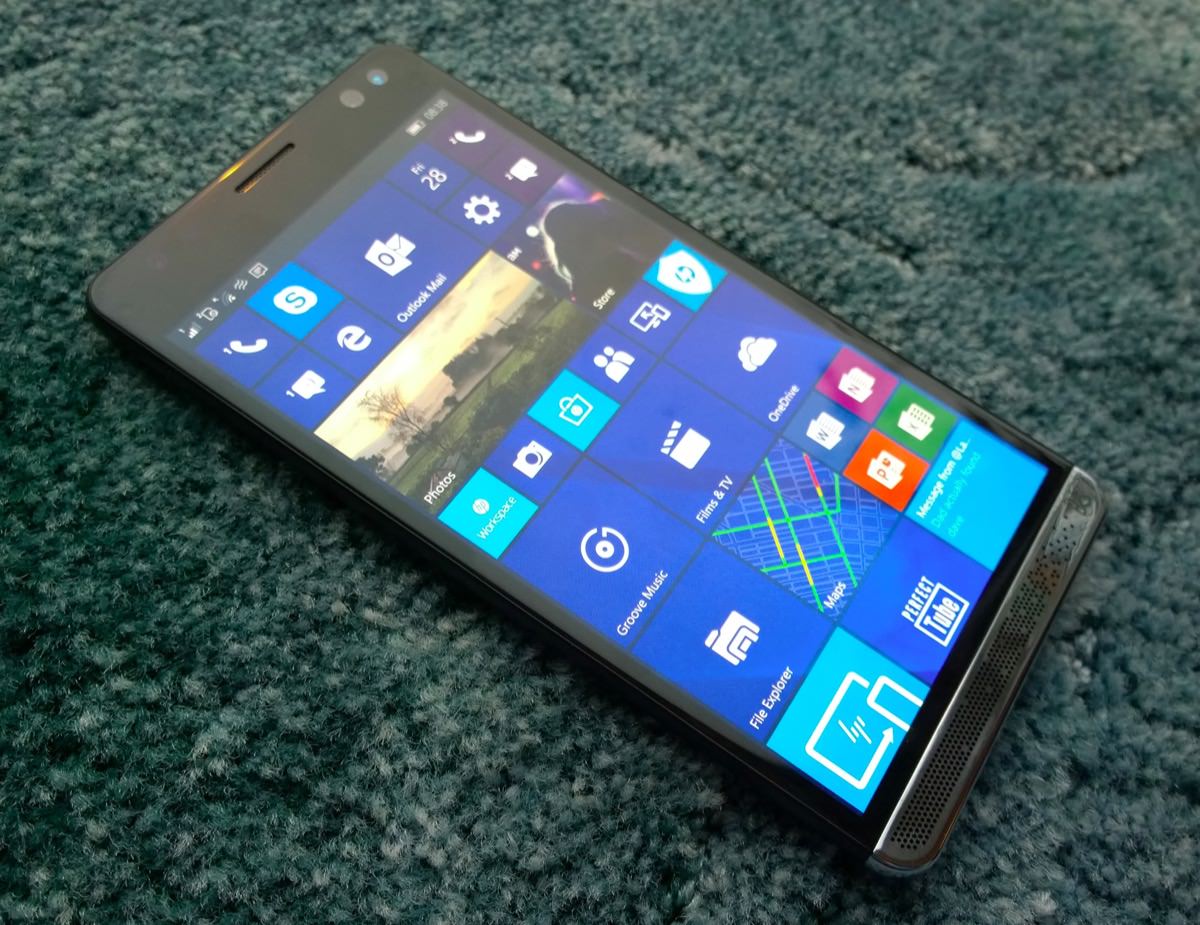
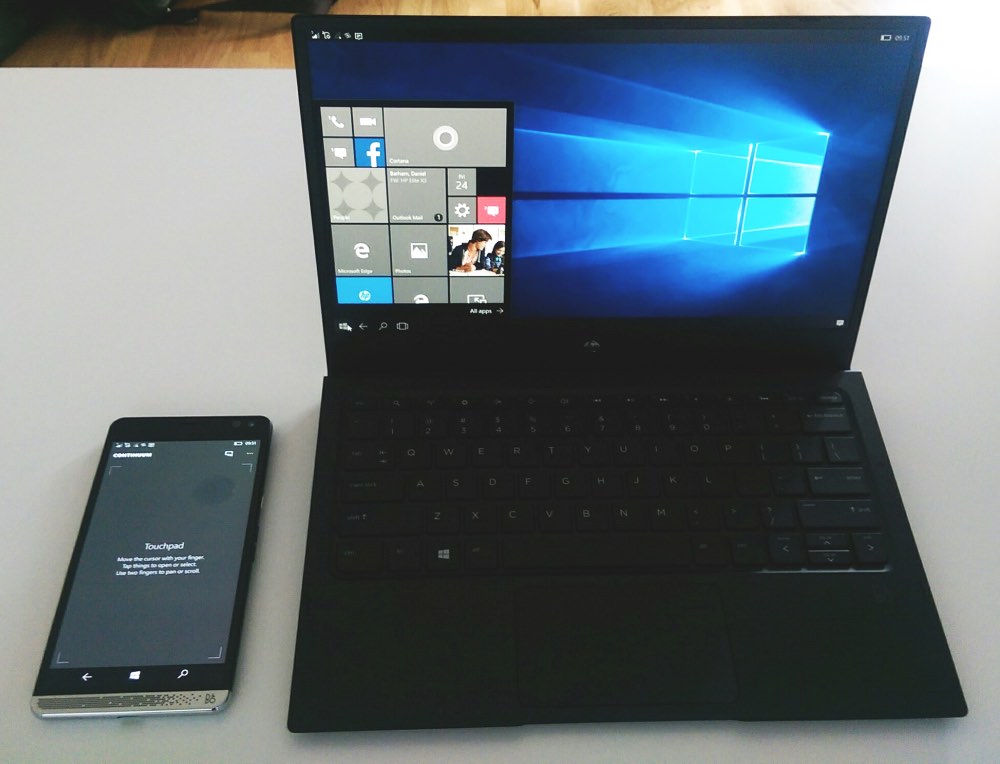
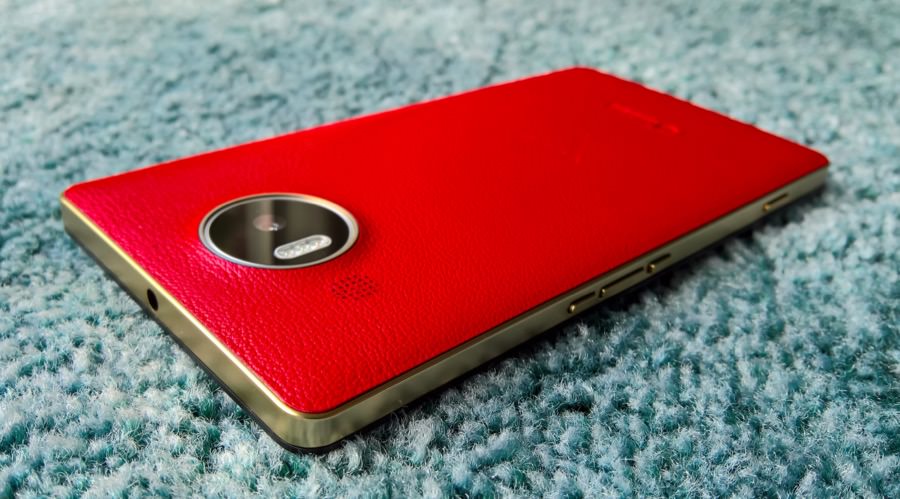
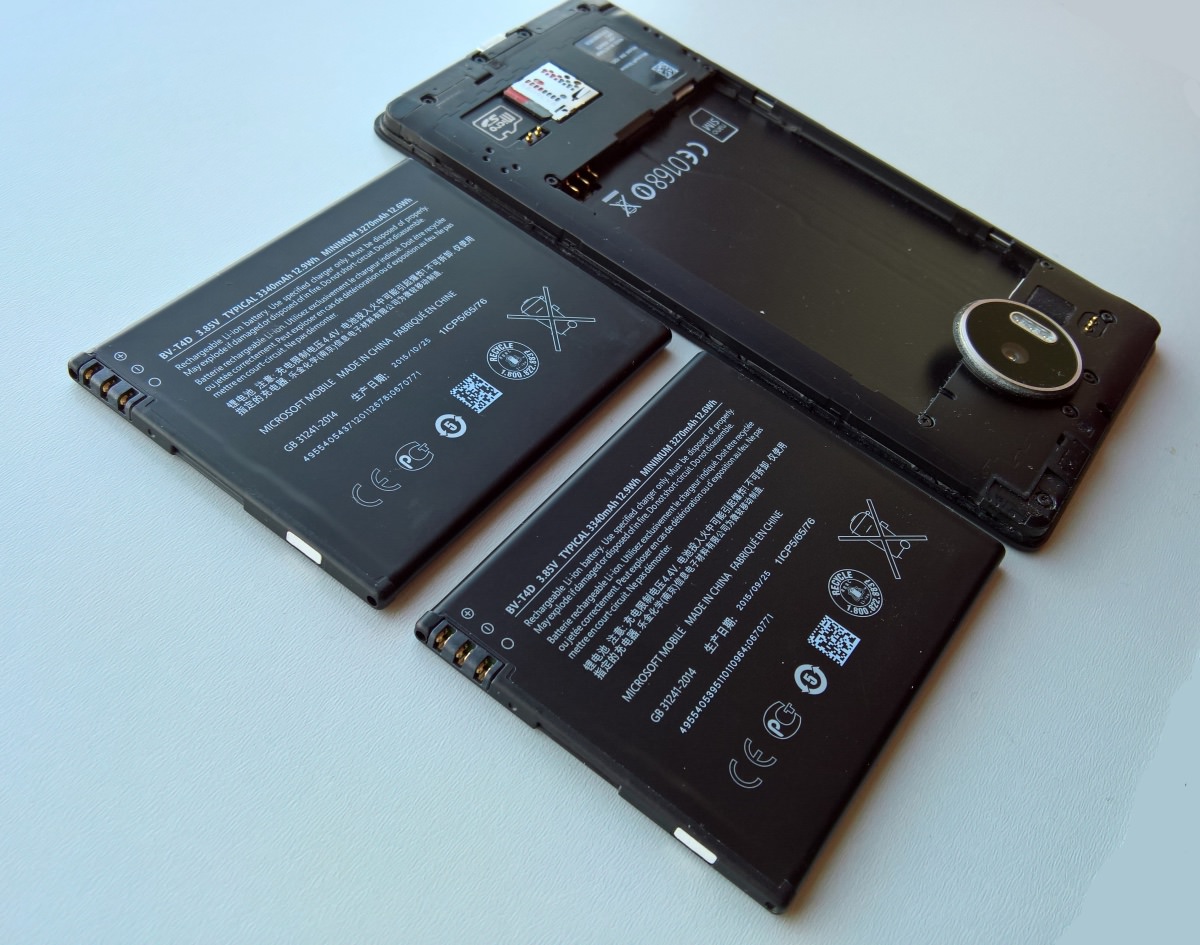
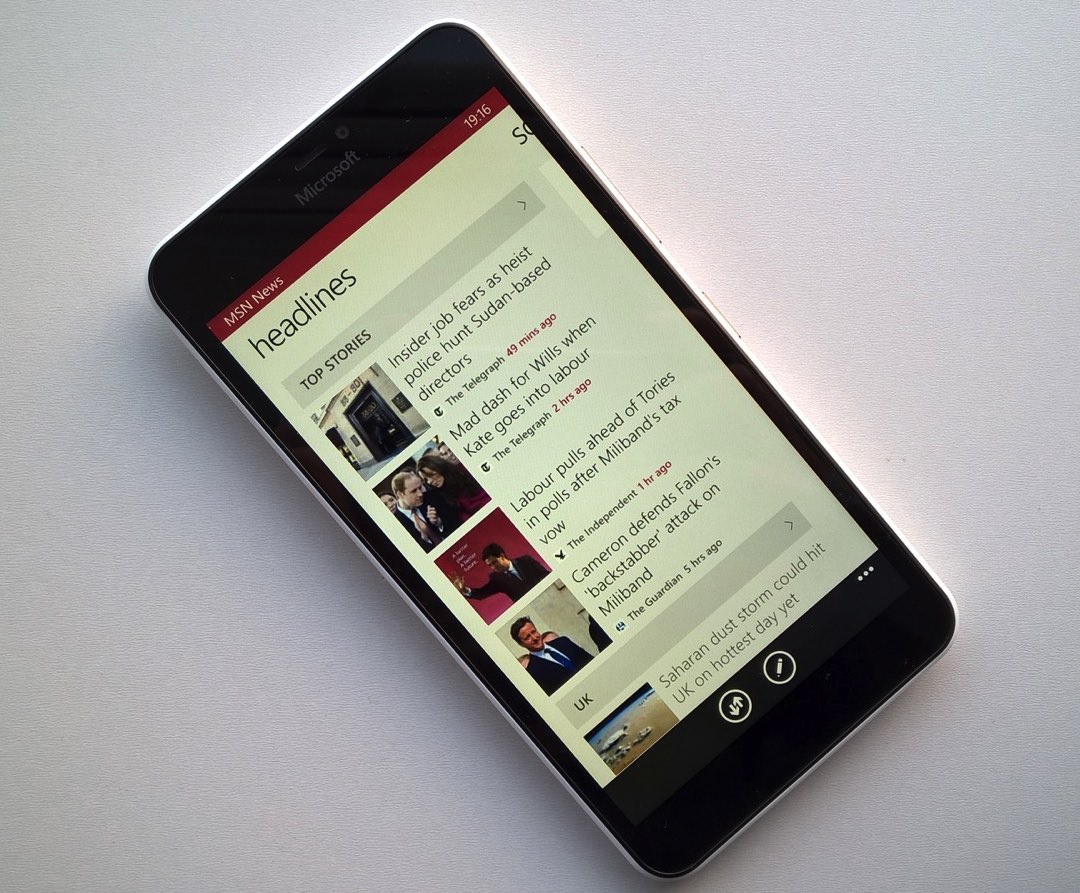
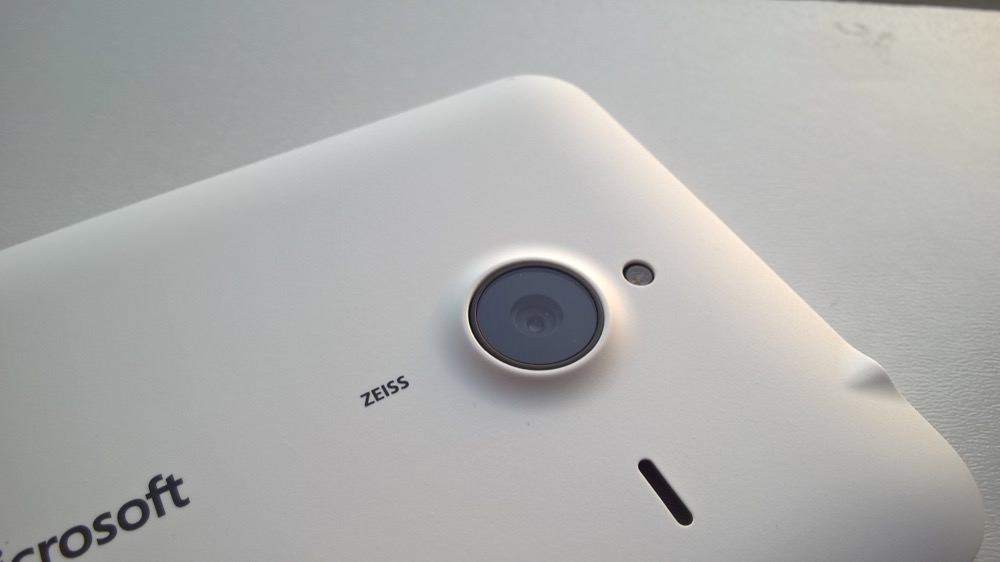
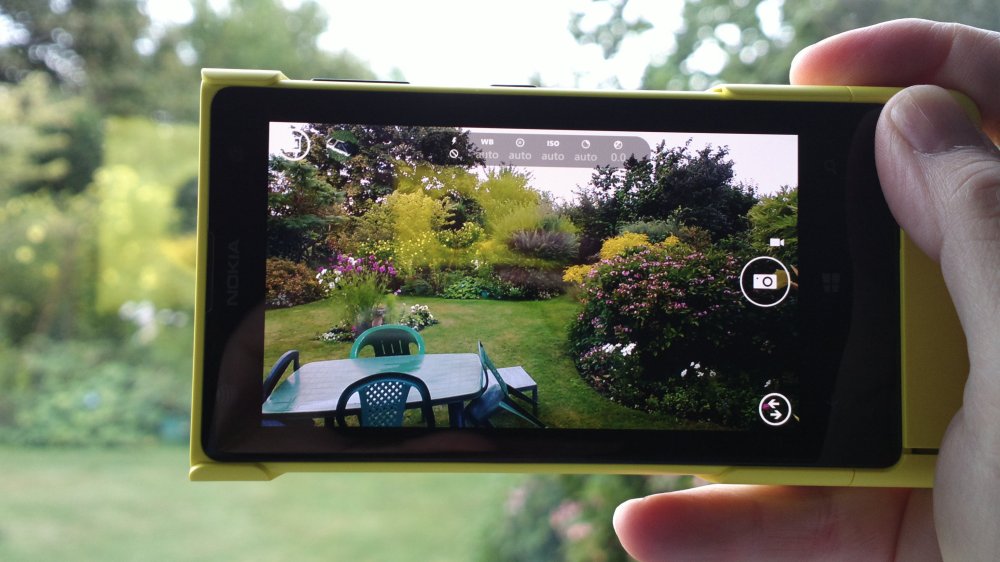

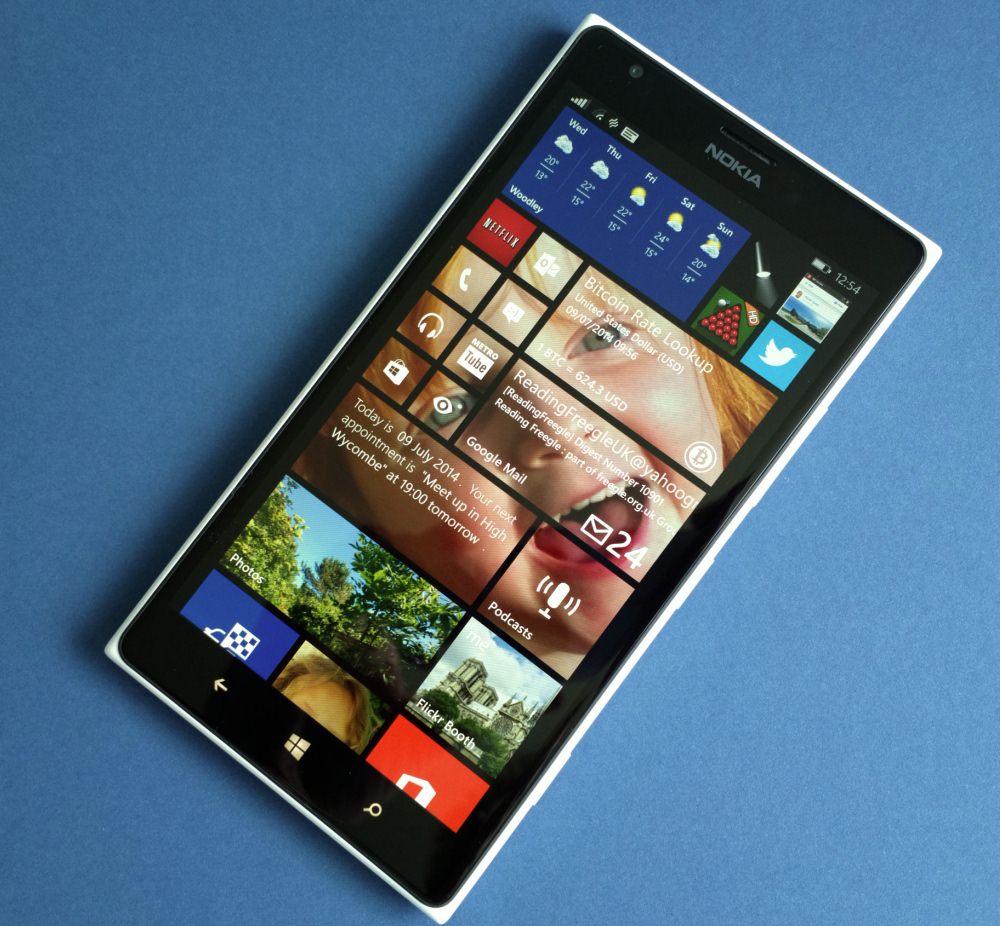
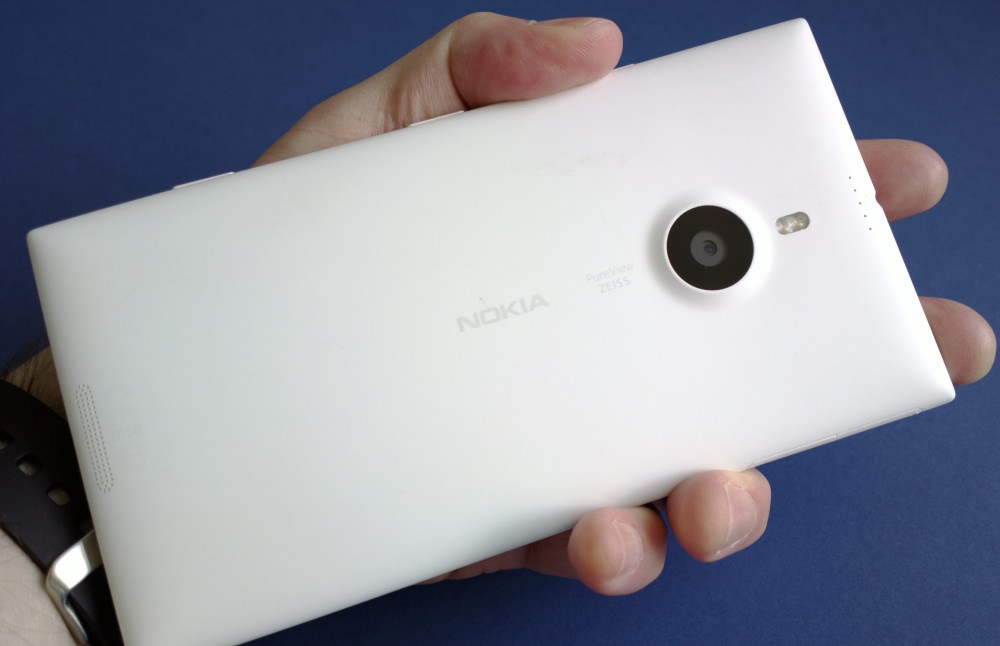
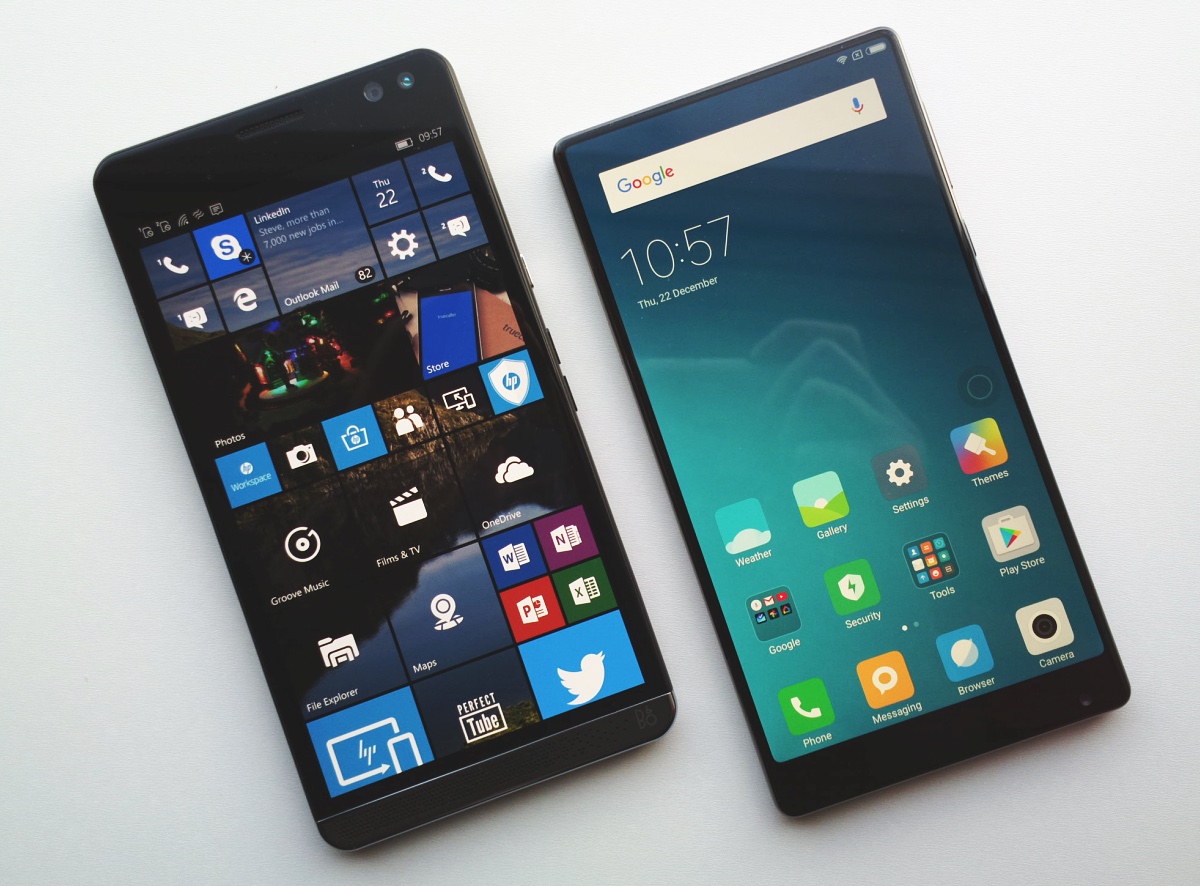
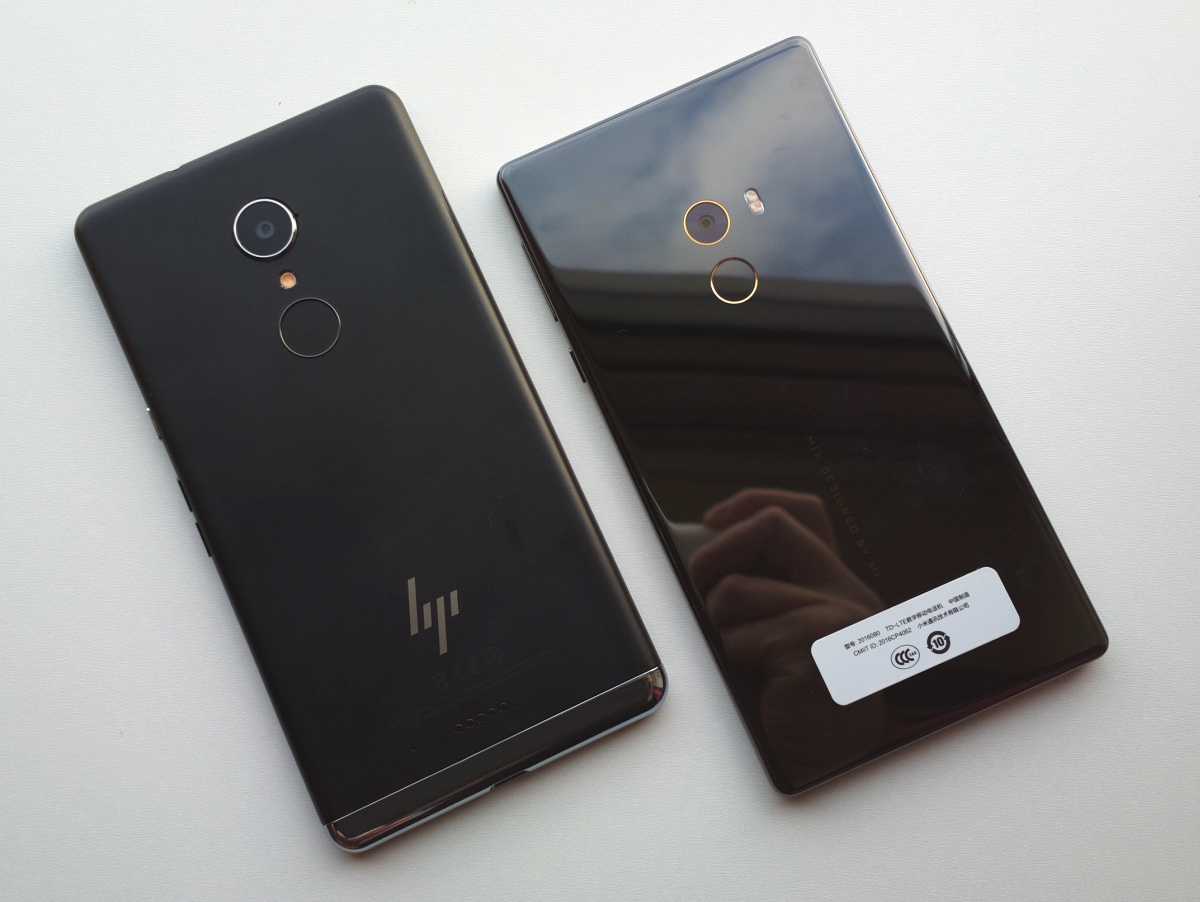

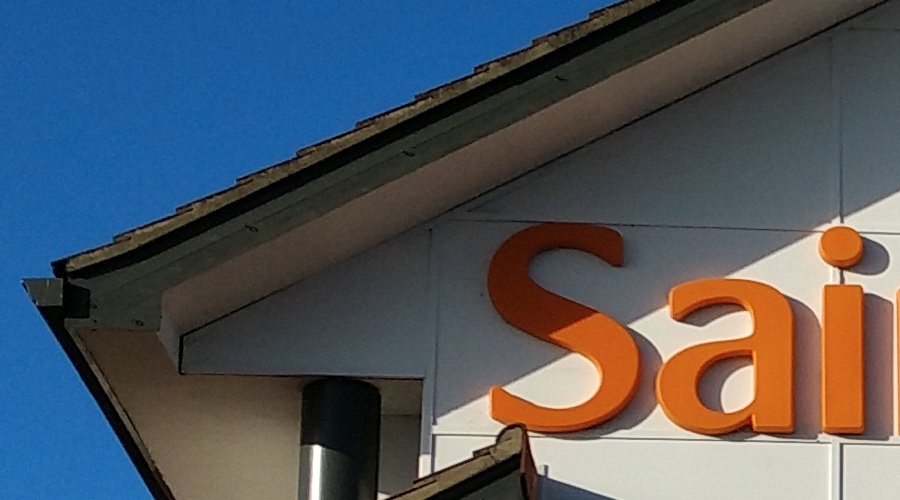
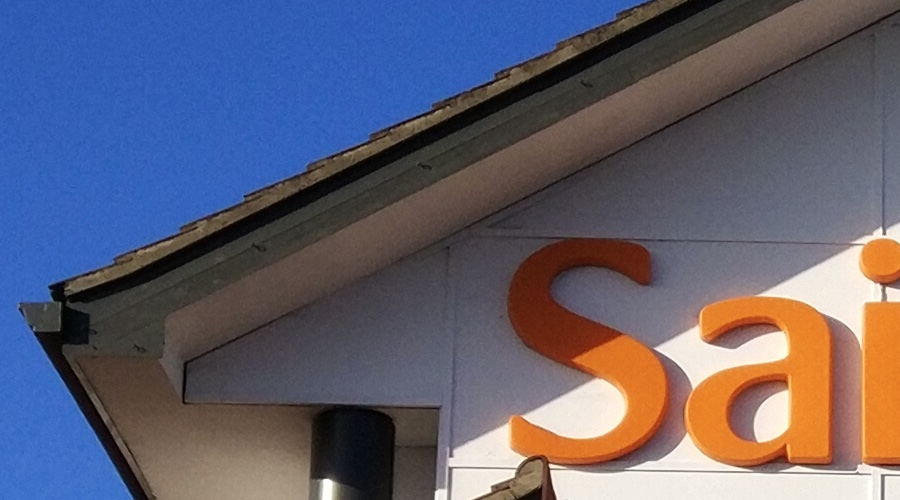















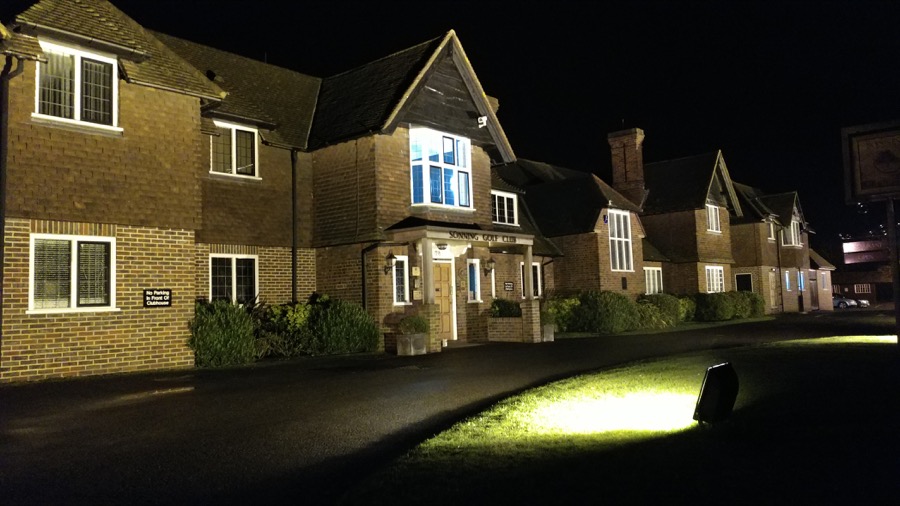


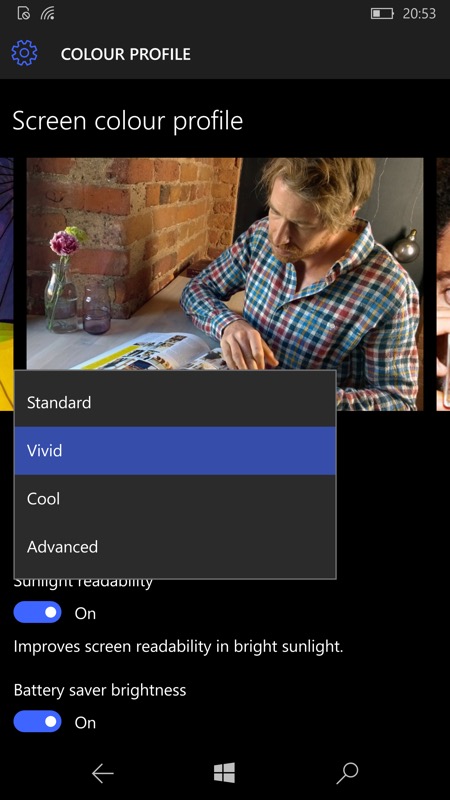
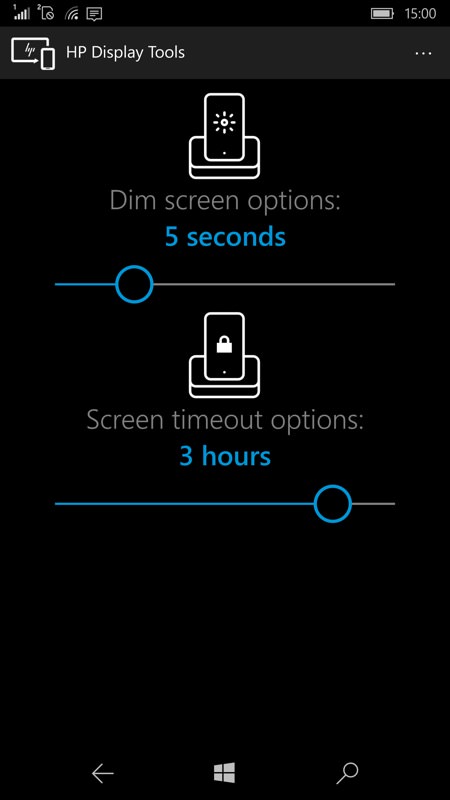
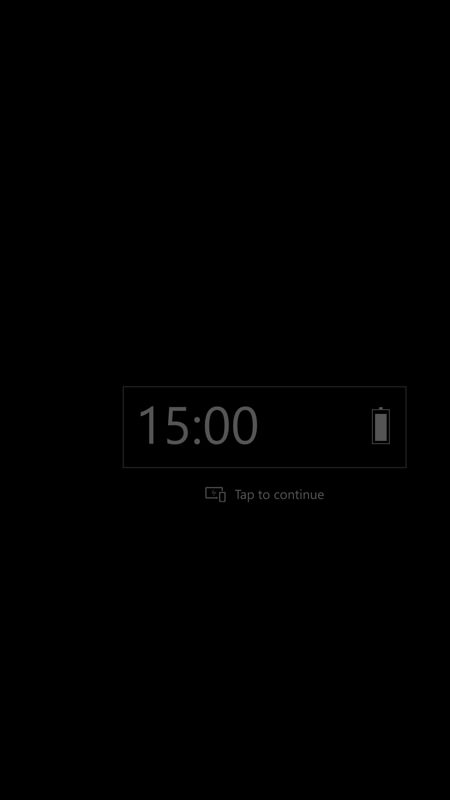

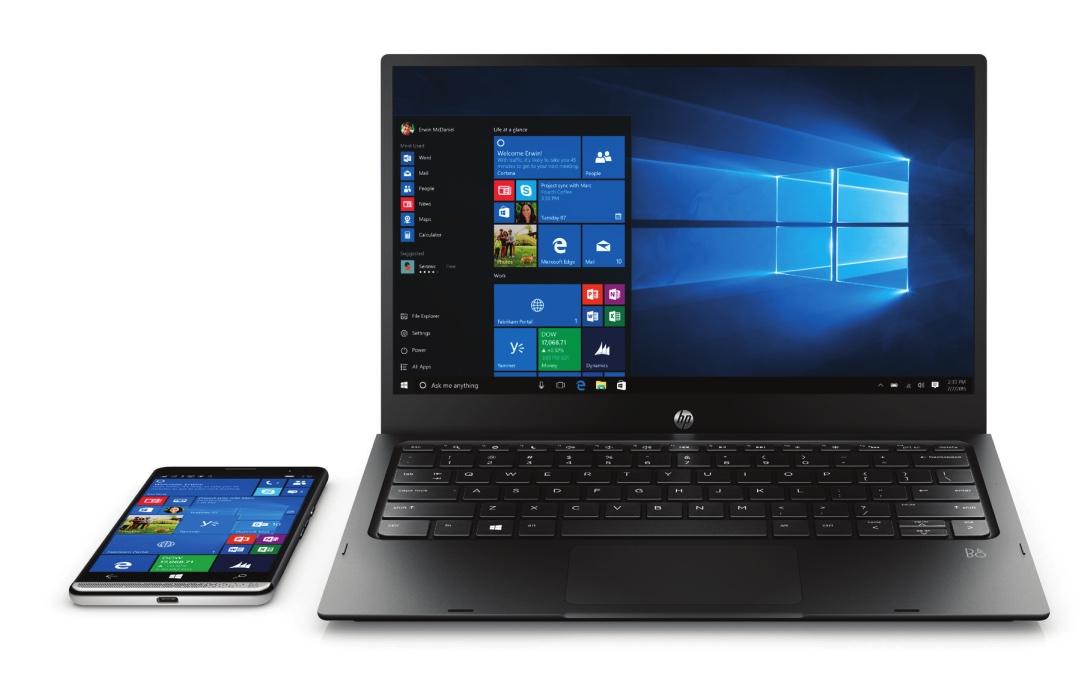

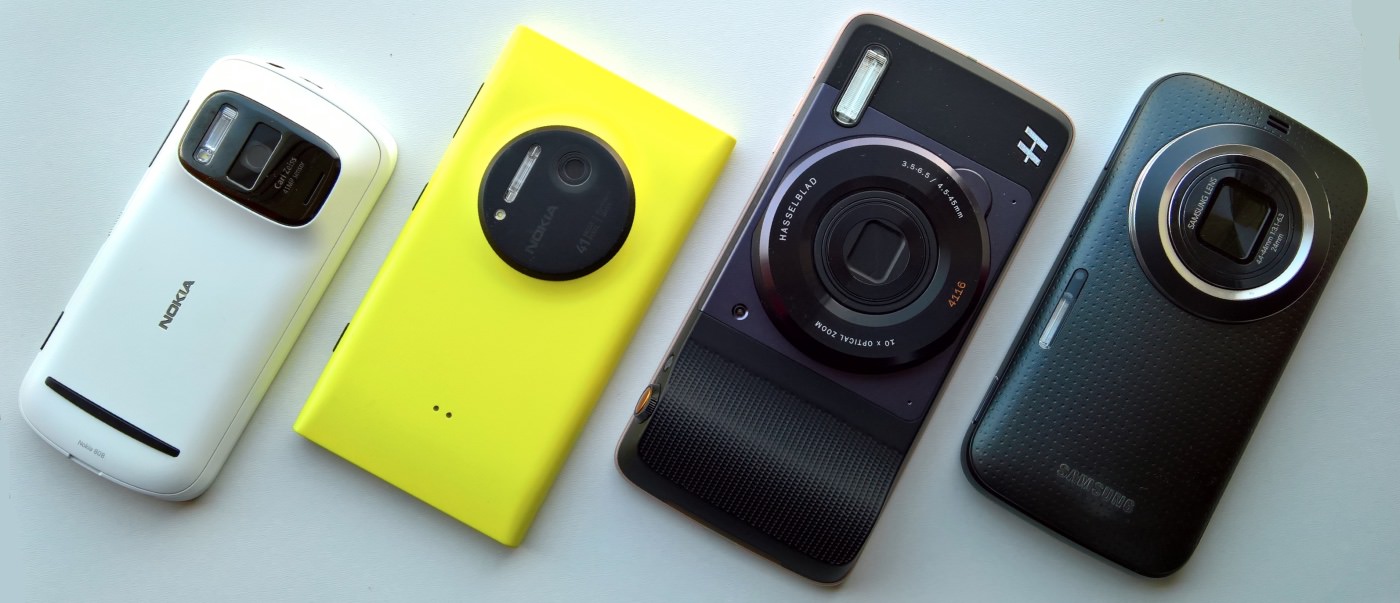
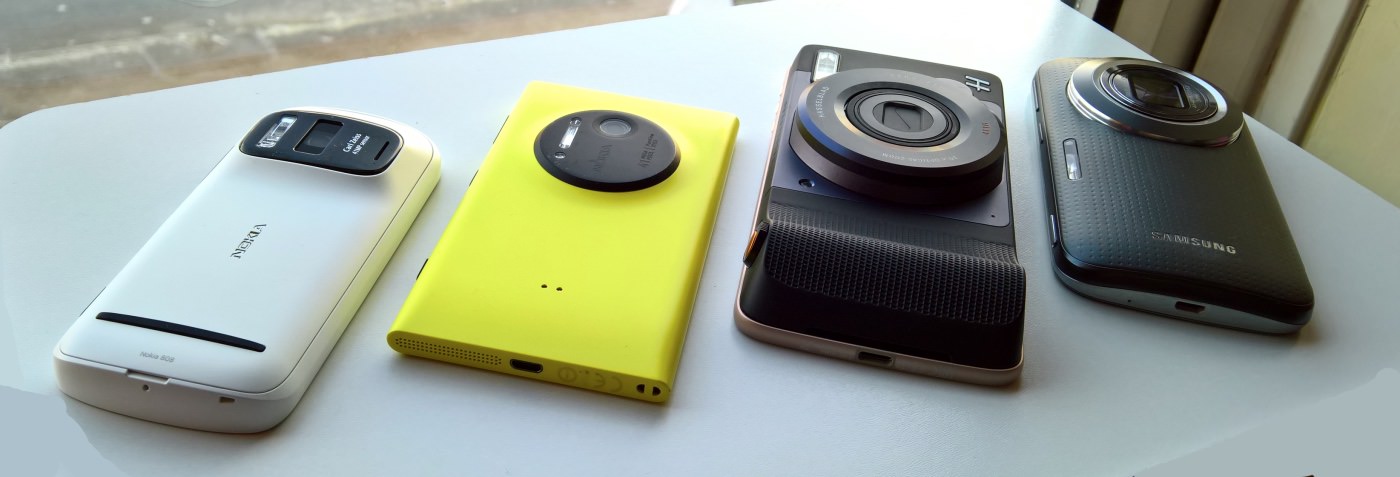
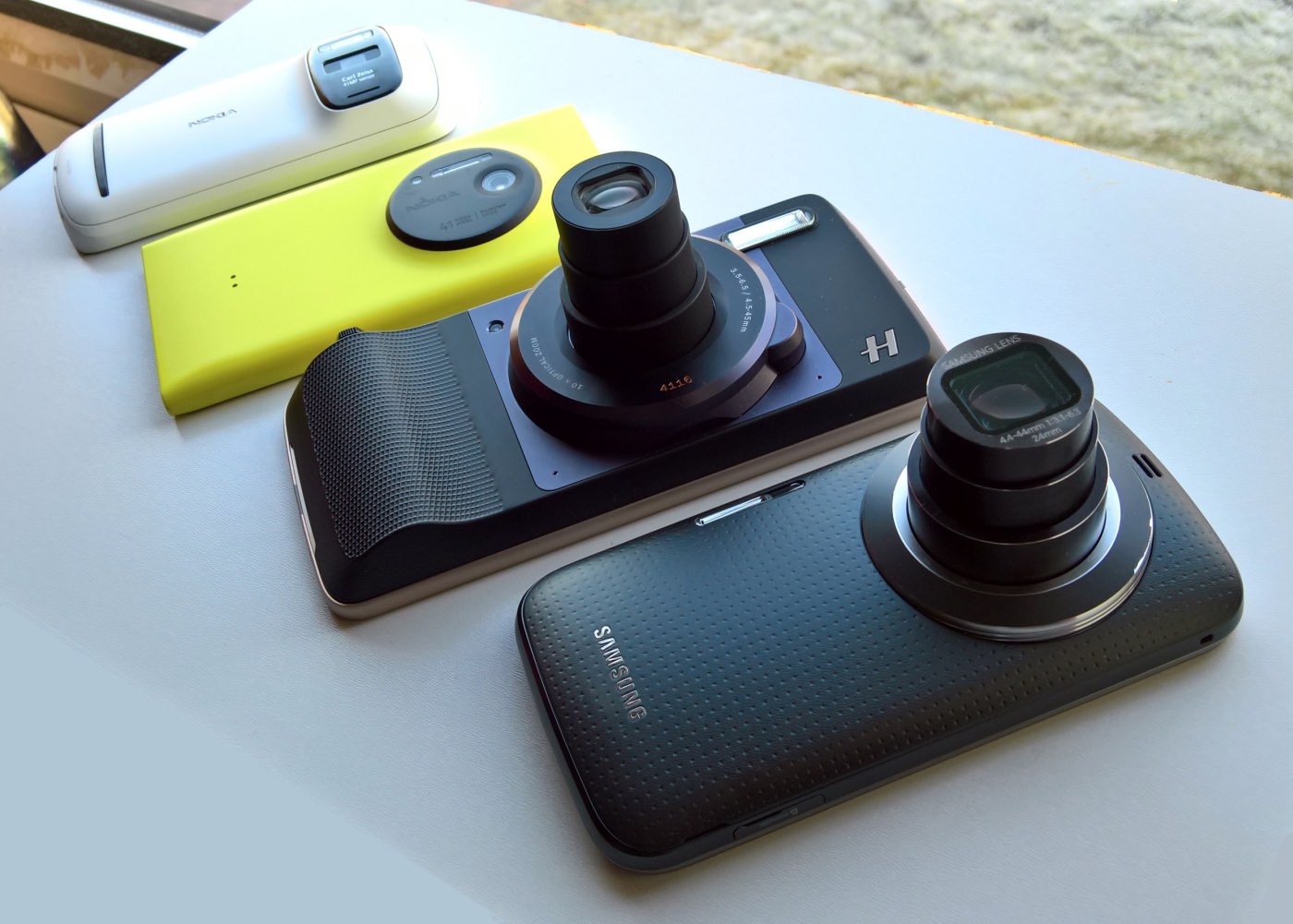
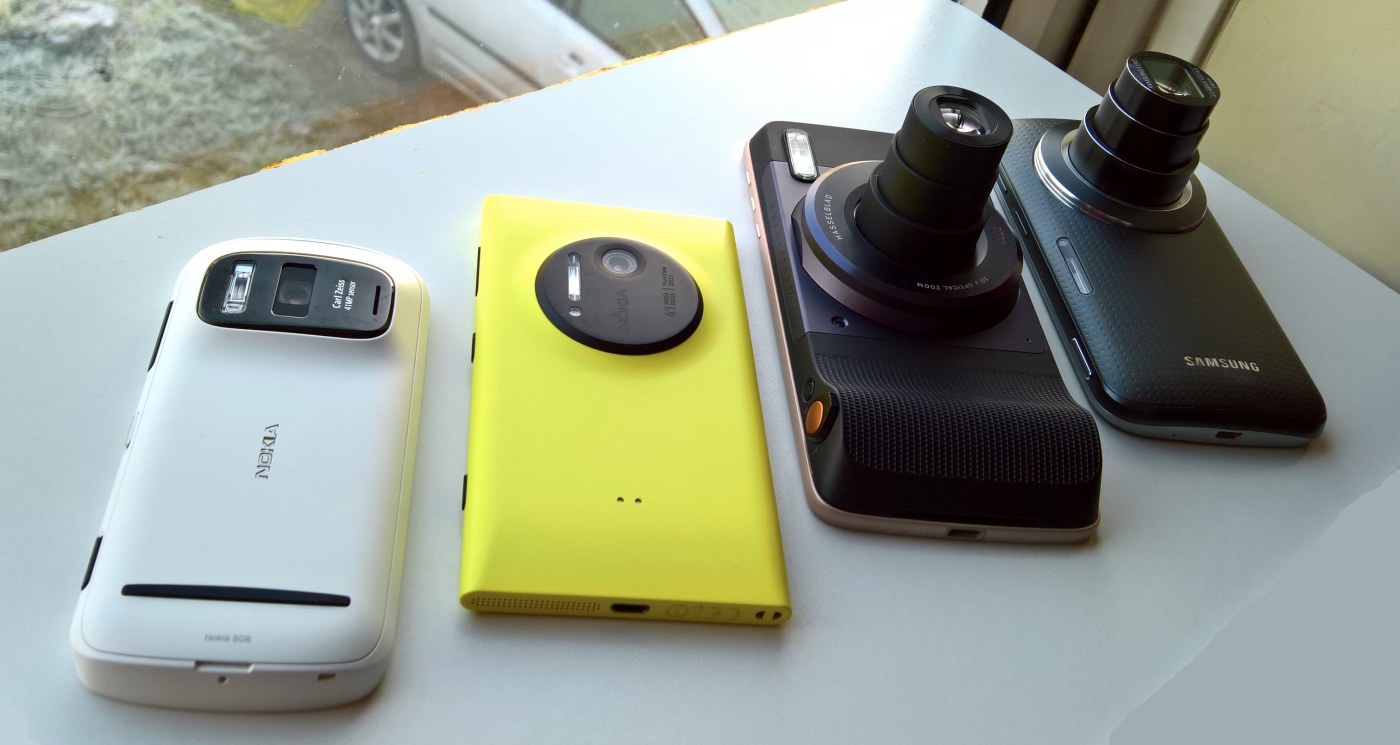










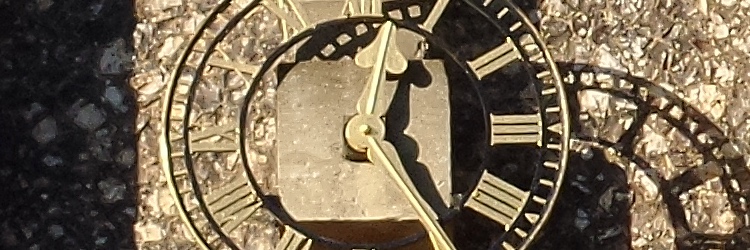


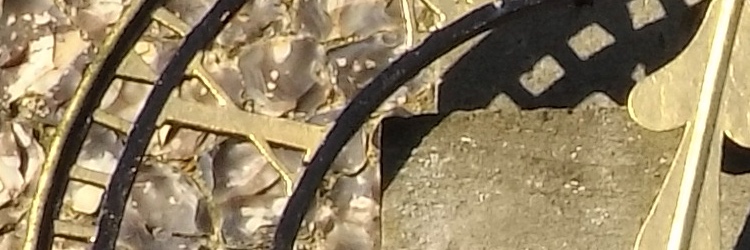




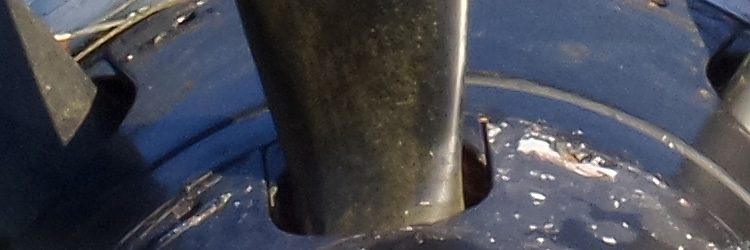










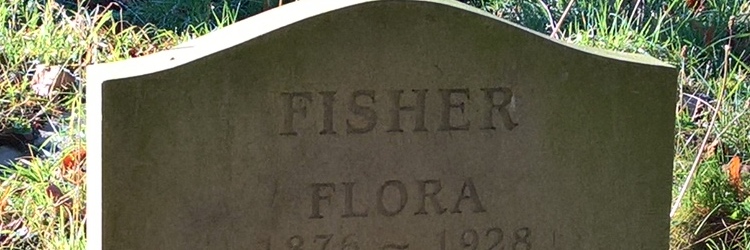




















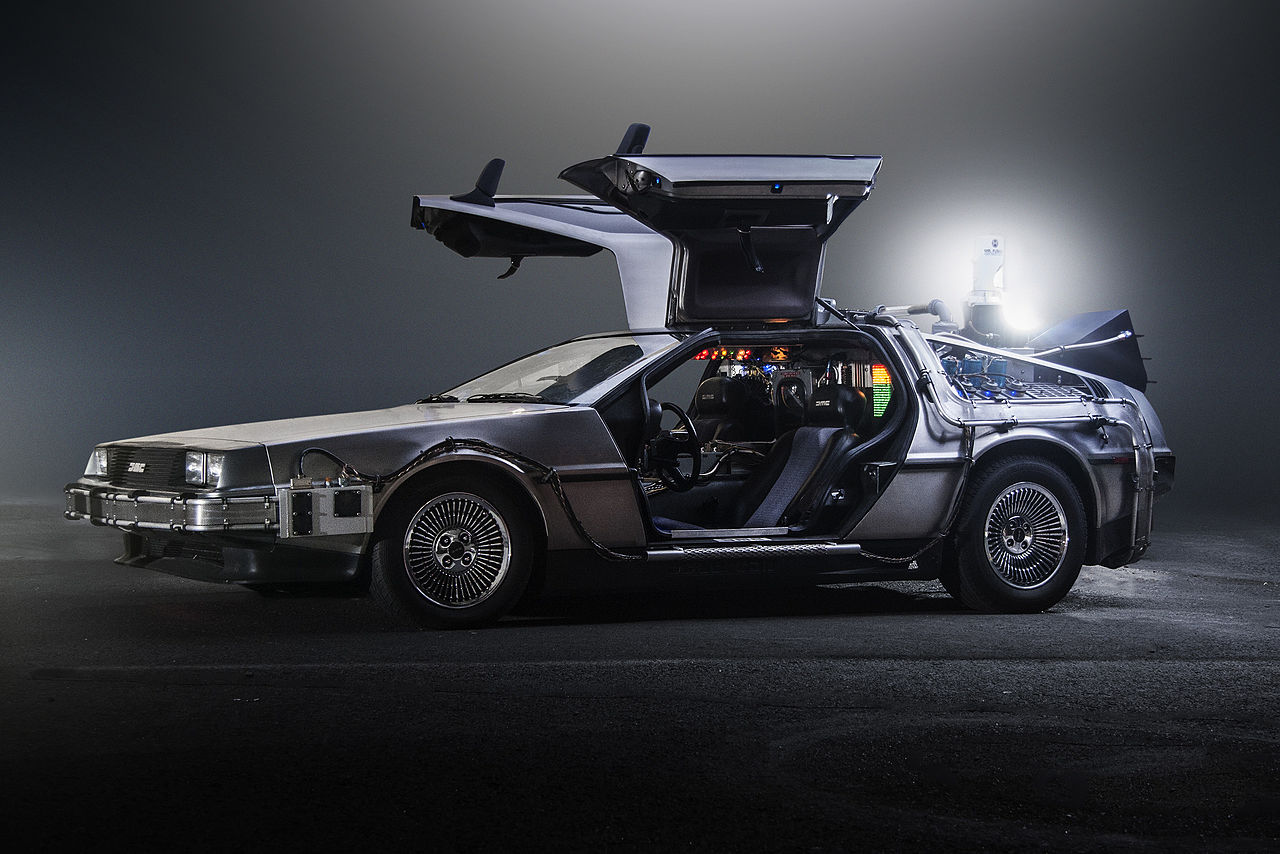

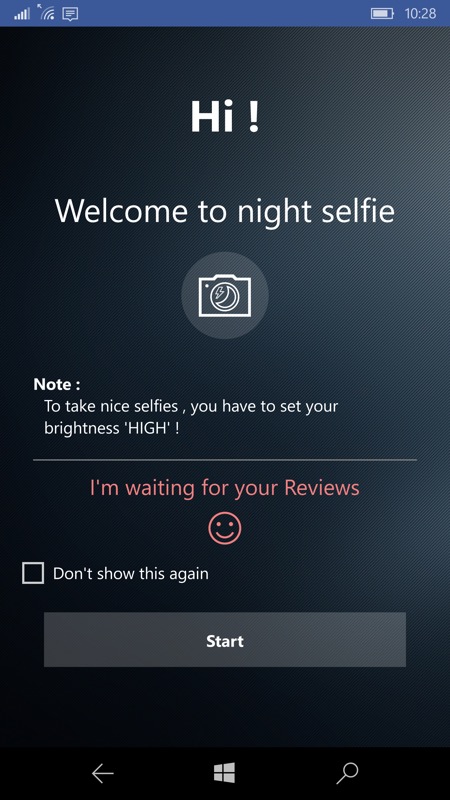




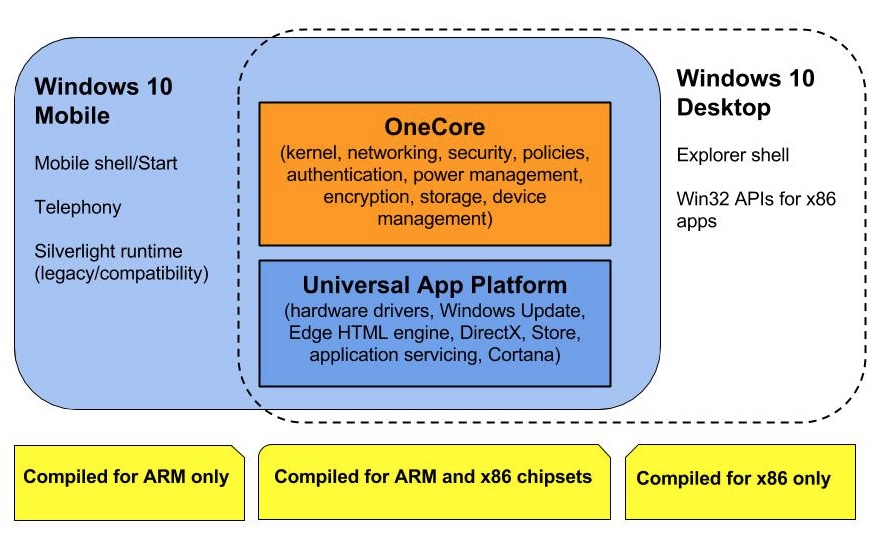 On top of the modules and systems shown in the chart, there are the actual first party applications, of course (e.g. Outlook, Mail, Maps, Groove), though these are nearly all UWP (Universal Windows Platform) applications these days and are also common to multiple variants of Windows 10. And then there are all the many third party UWP apps as well, most of which work just as well on phone, Continuum displays and desktops - they really are (for the most part) 'universal' too.
On top of the modules and systems shown in the chart, there are the actual first party applications, of course (e.g. Outlook, Mail, Maps, Groove), though these are nearly all UWP (Universal Windows Platform) applications these days and are also common to multiple variants of Windows 10. And then there are all the many third party UWP apps as well, most of which work just as well on phone, Continuum displays and desktops - they really are (for the most part) 'universal' too.
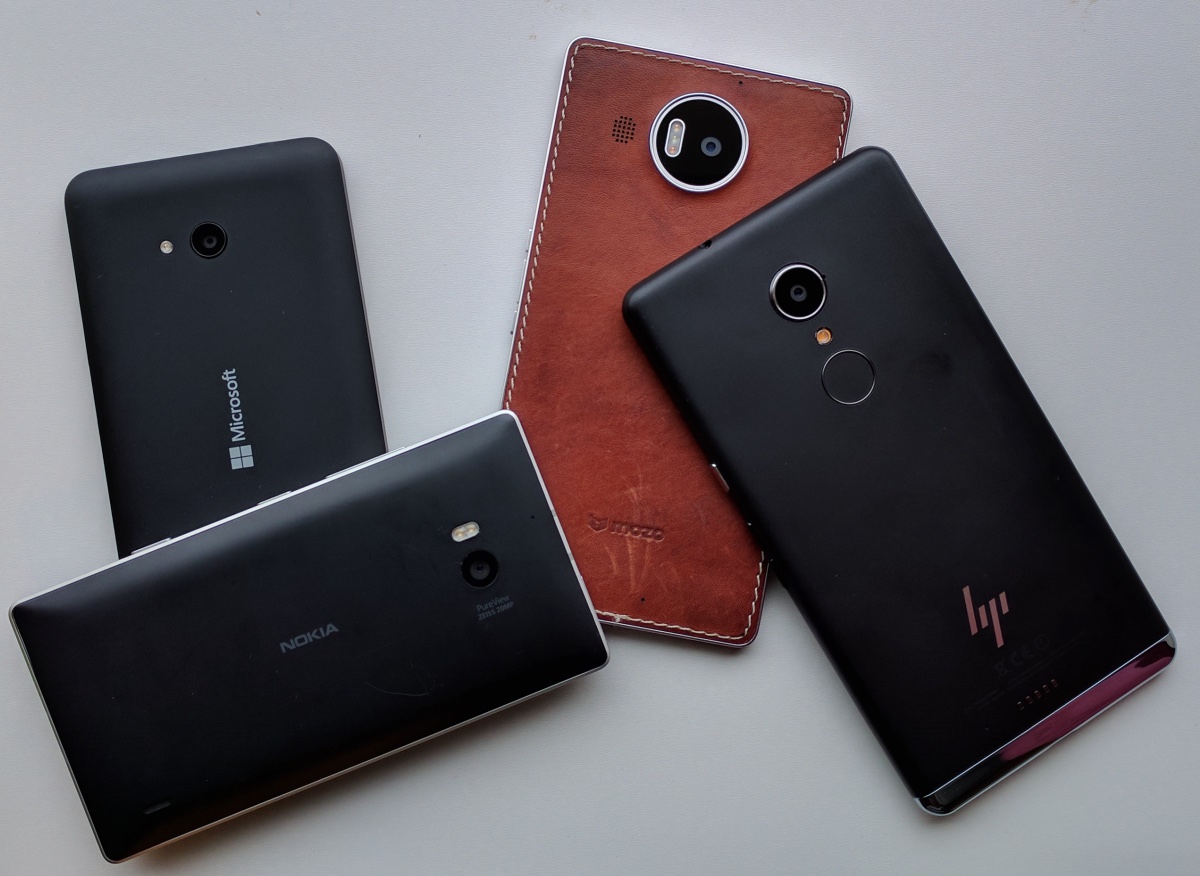
 Microsoft is making strides at clearing out old and unsupported applications from the Store, but there are still something like 200,000 available. Say half of these are games, that leaves 100,000. Which is still a very large number.
Microsoft is making strides at clearing out old and unsupported applications from the Store, but there are still something like 200,000 available. Say half of these are games, that leaves 100,000. Which is still a very large number.





















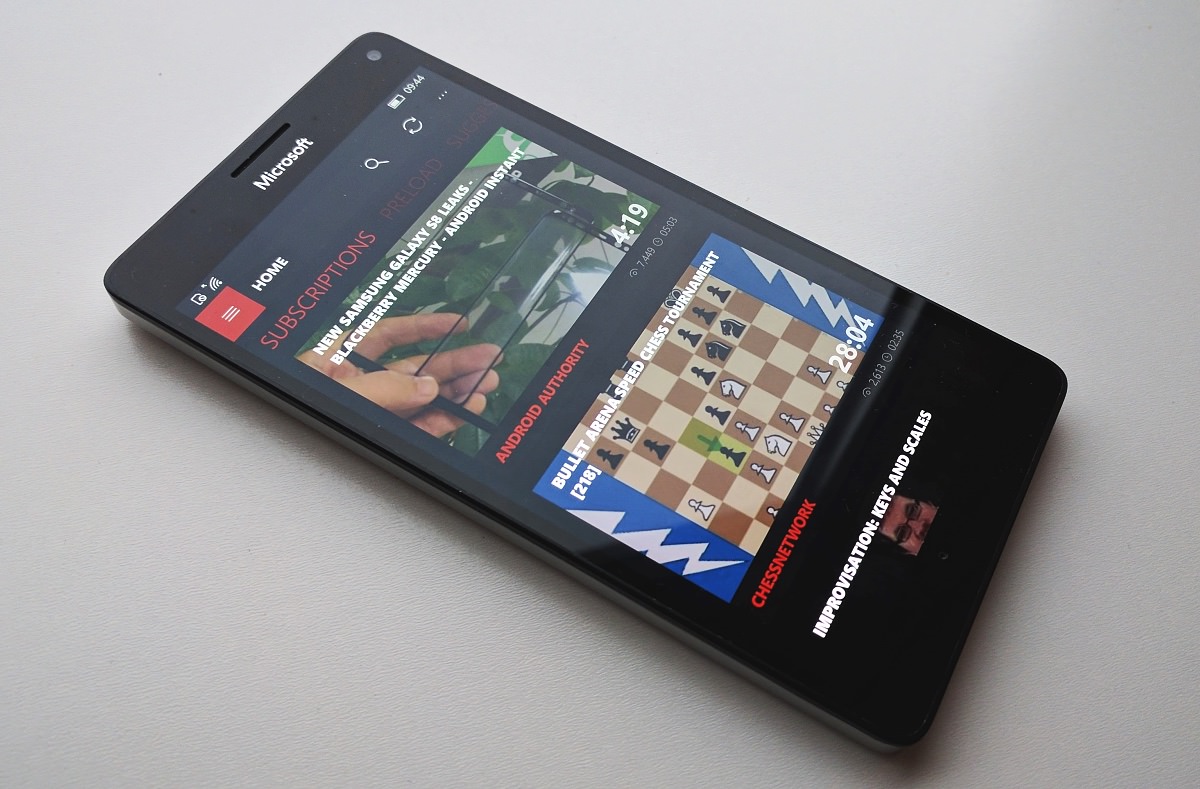

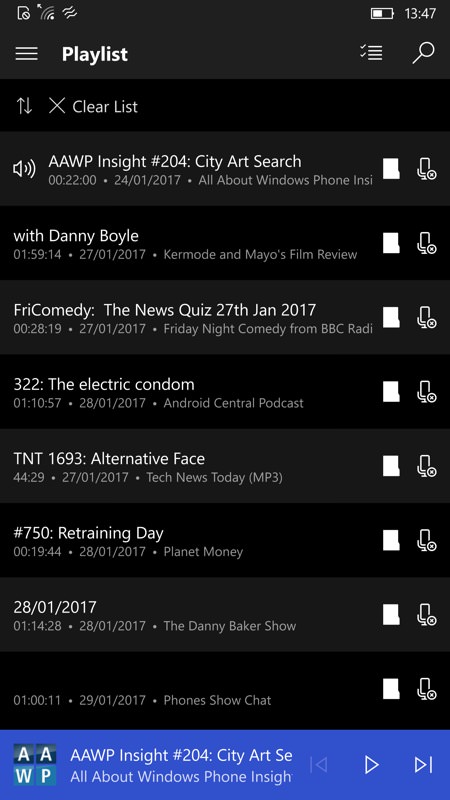
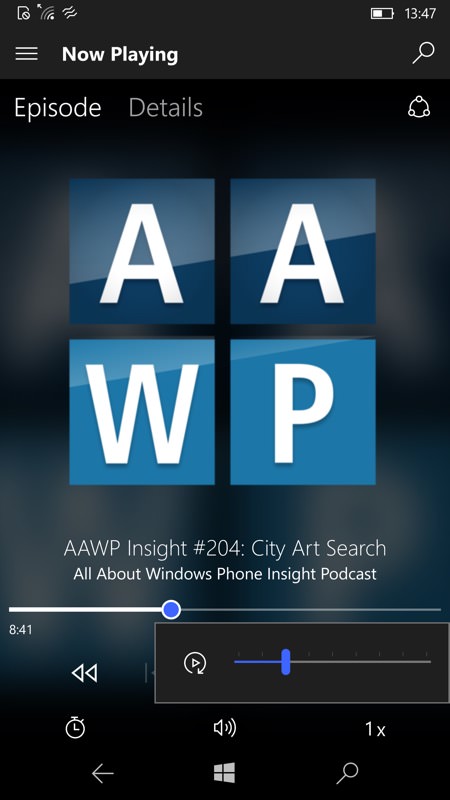
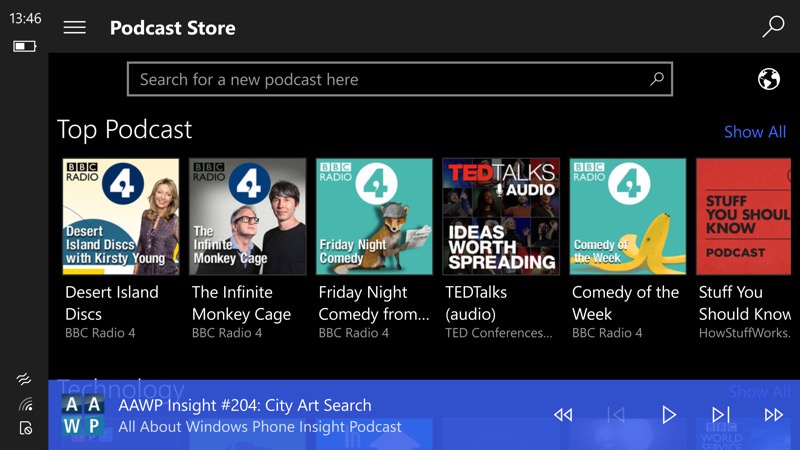
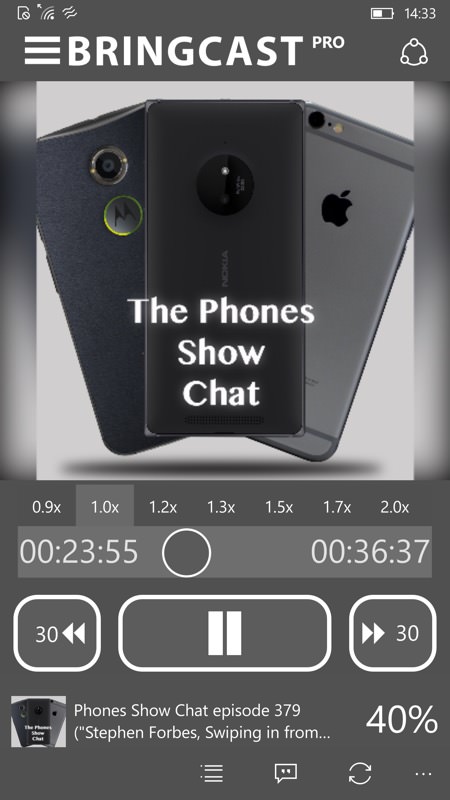
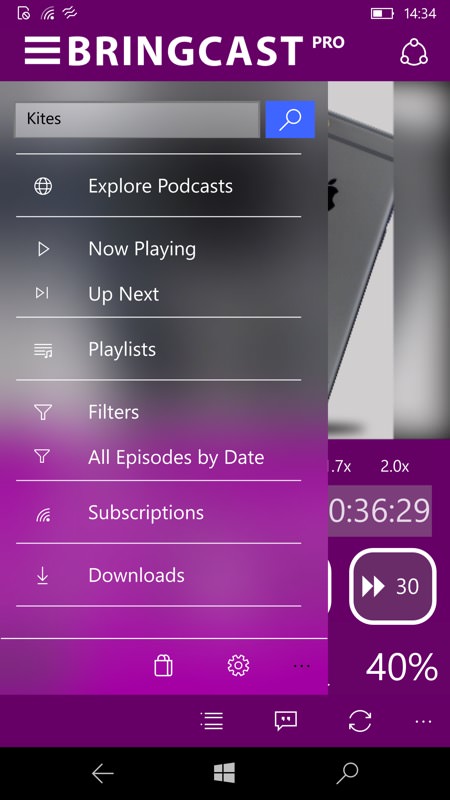
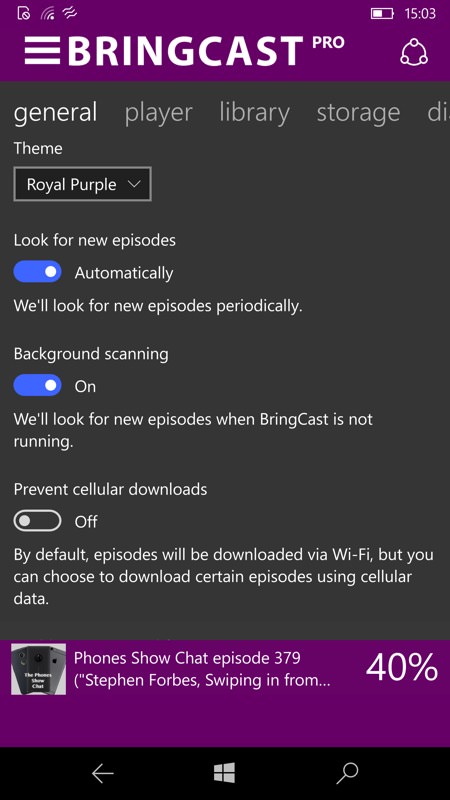
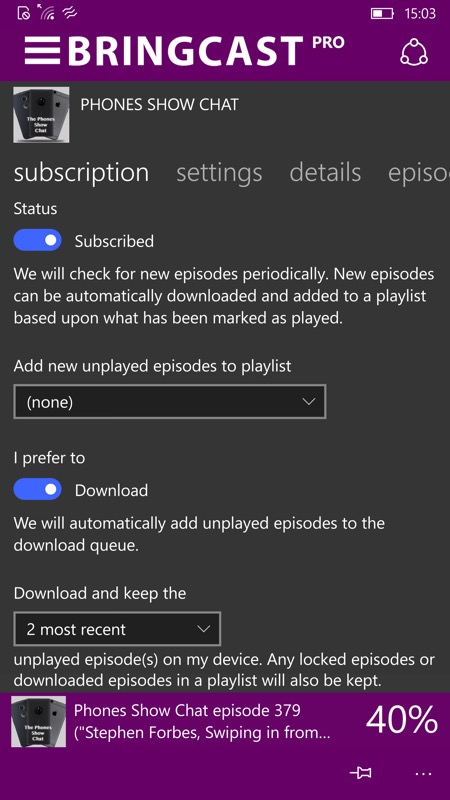
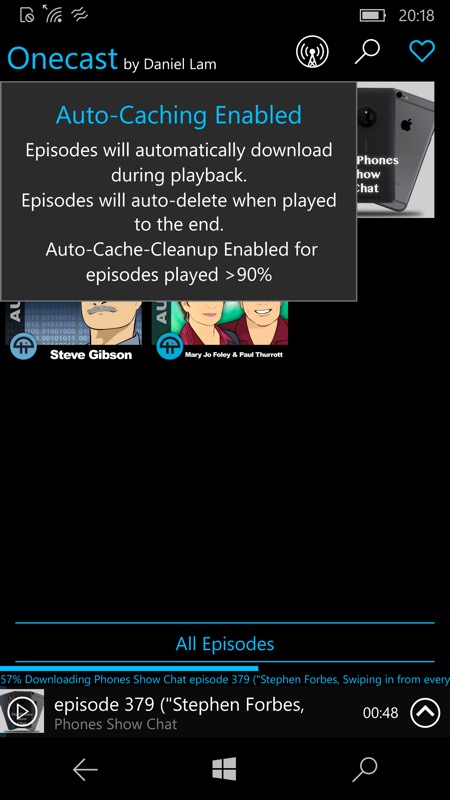

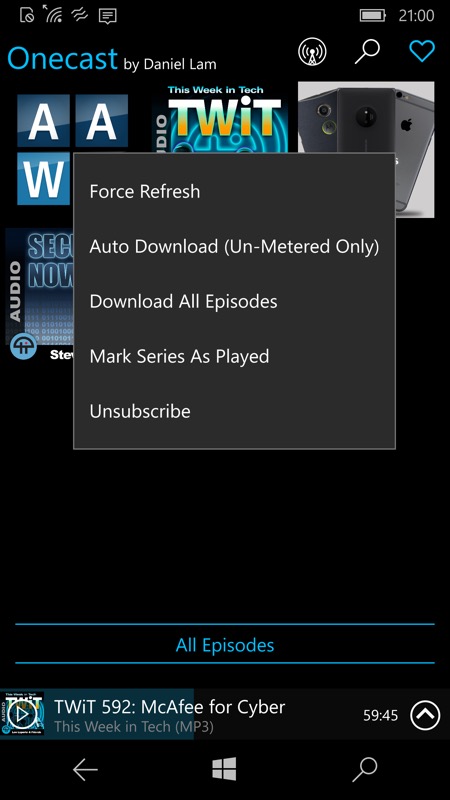
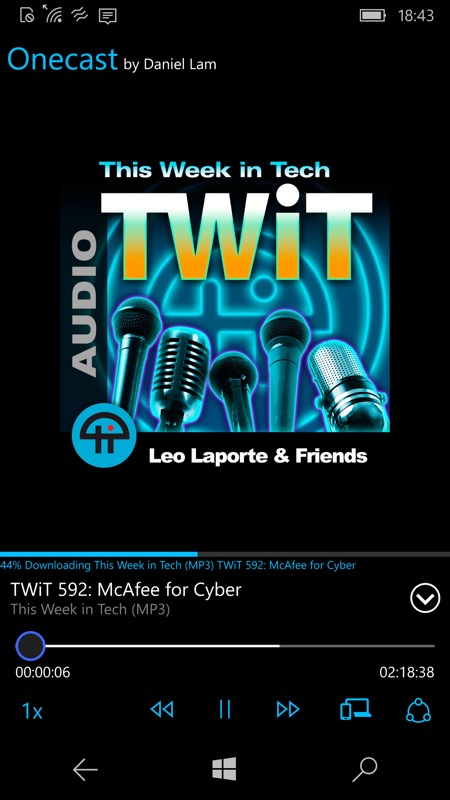


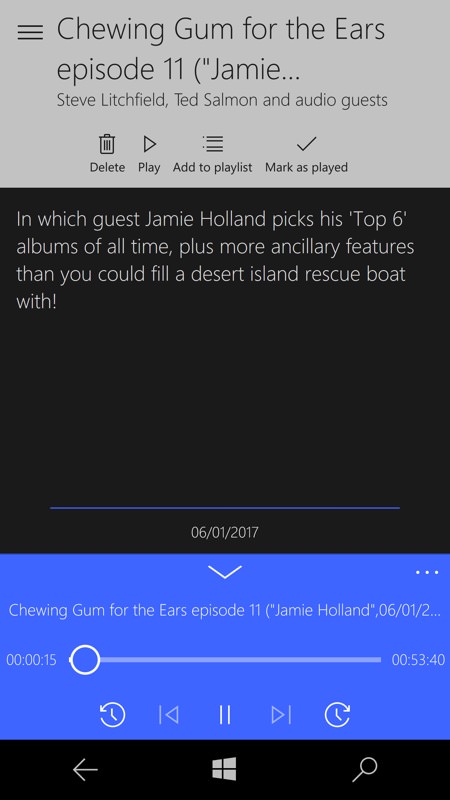


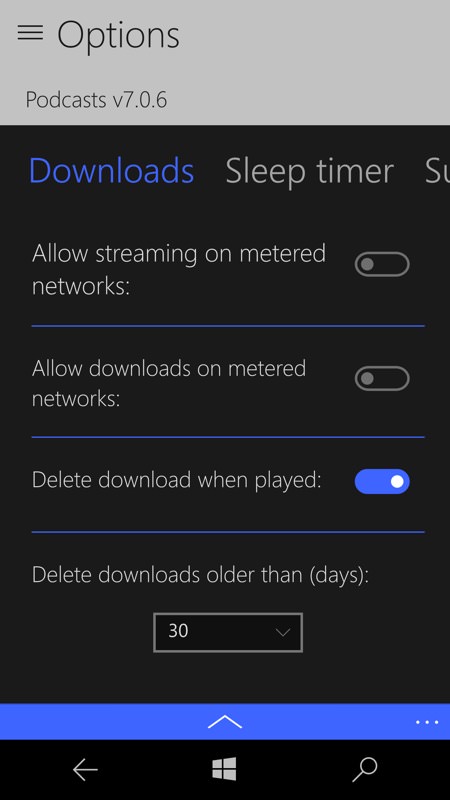

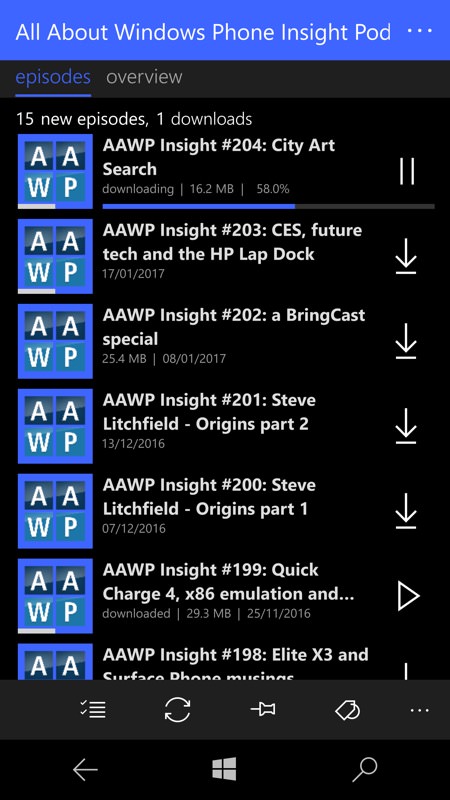

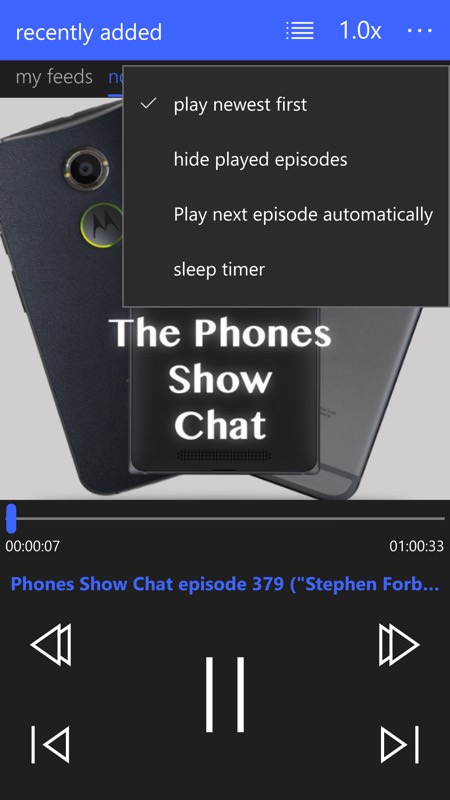
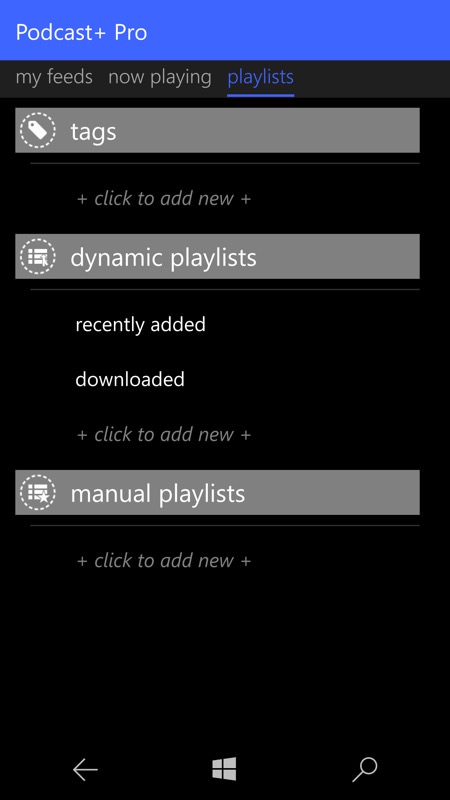
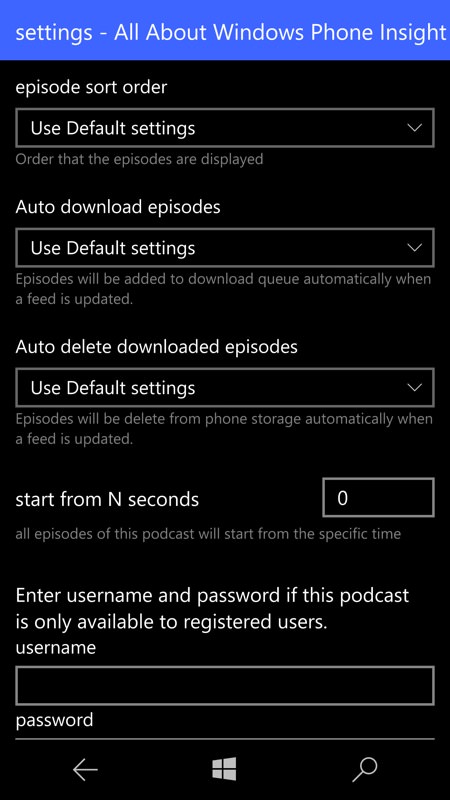






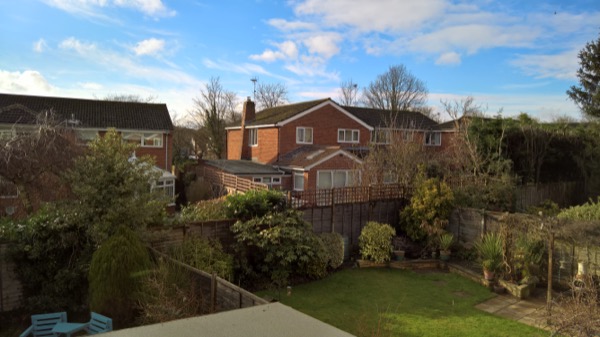
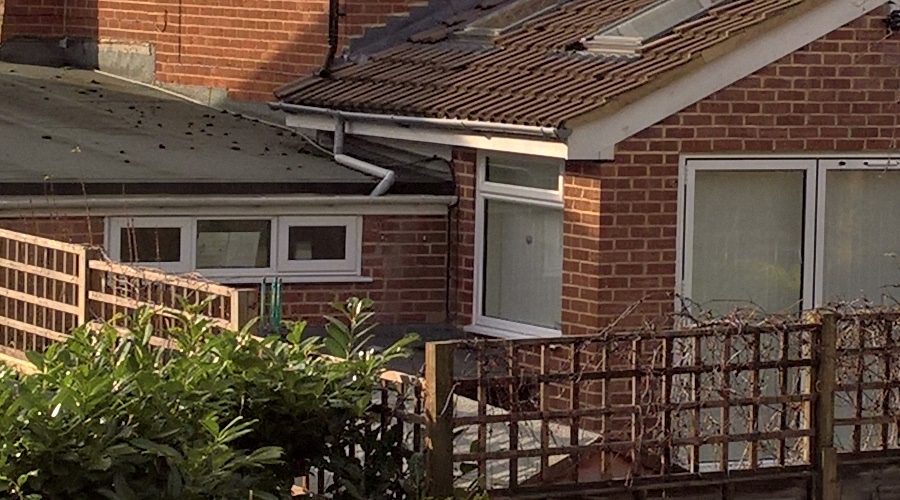
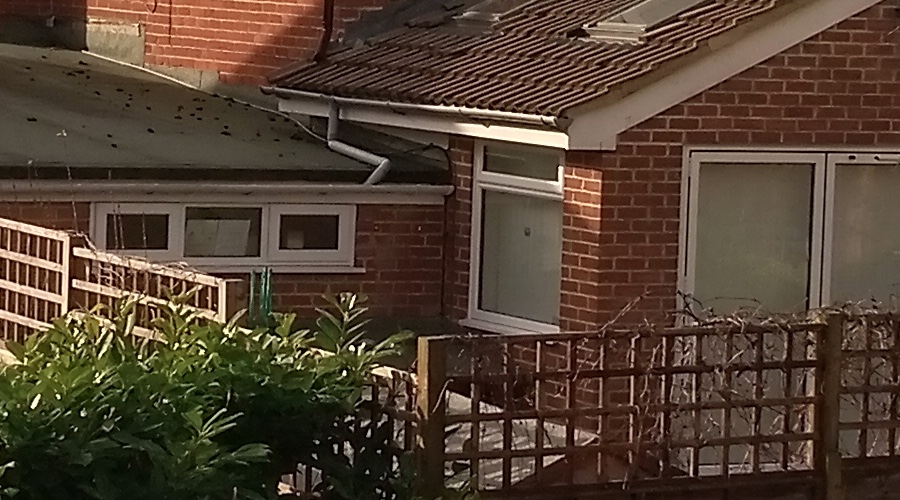
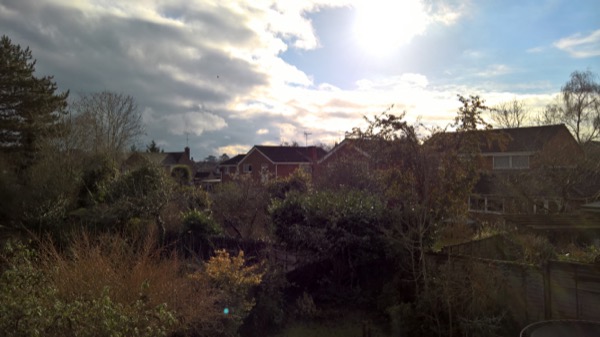









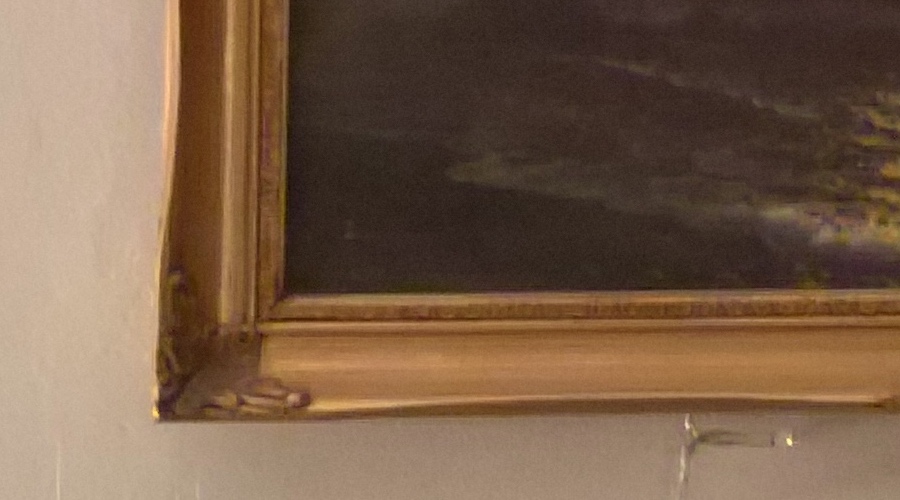



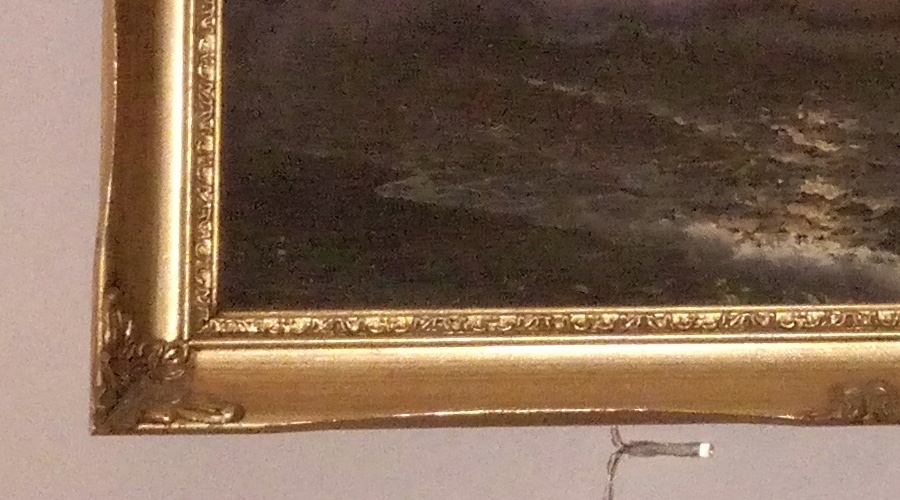



 Lumia 950: 10 pts, KODAK EKTRA: 5 pts
Lumia 950: 10 pts, KODAK EKTRA: 5 pts